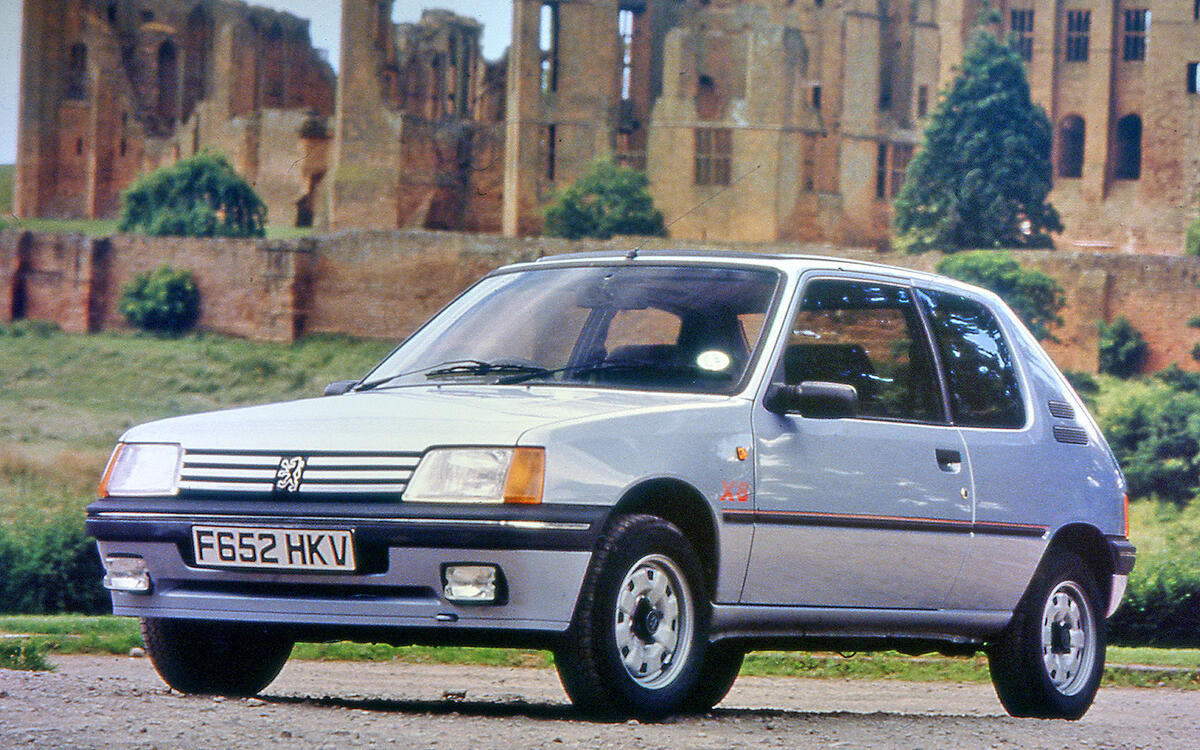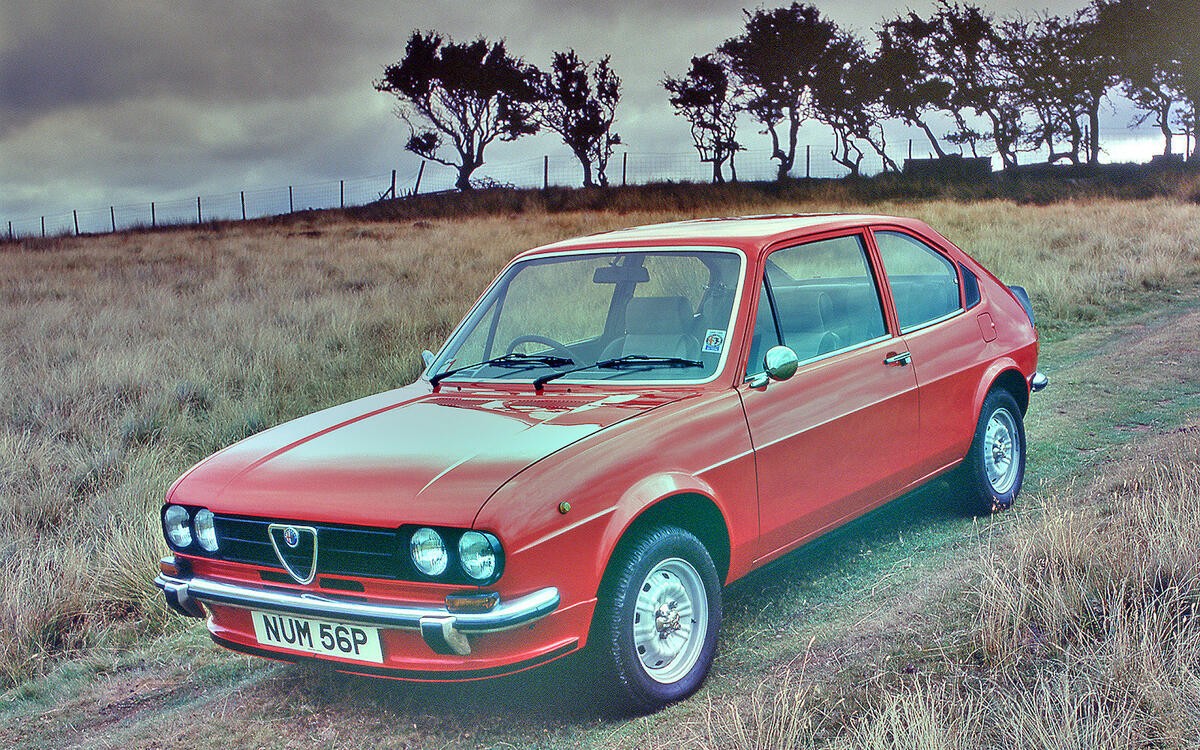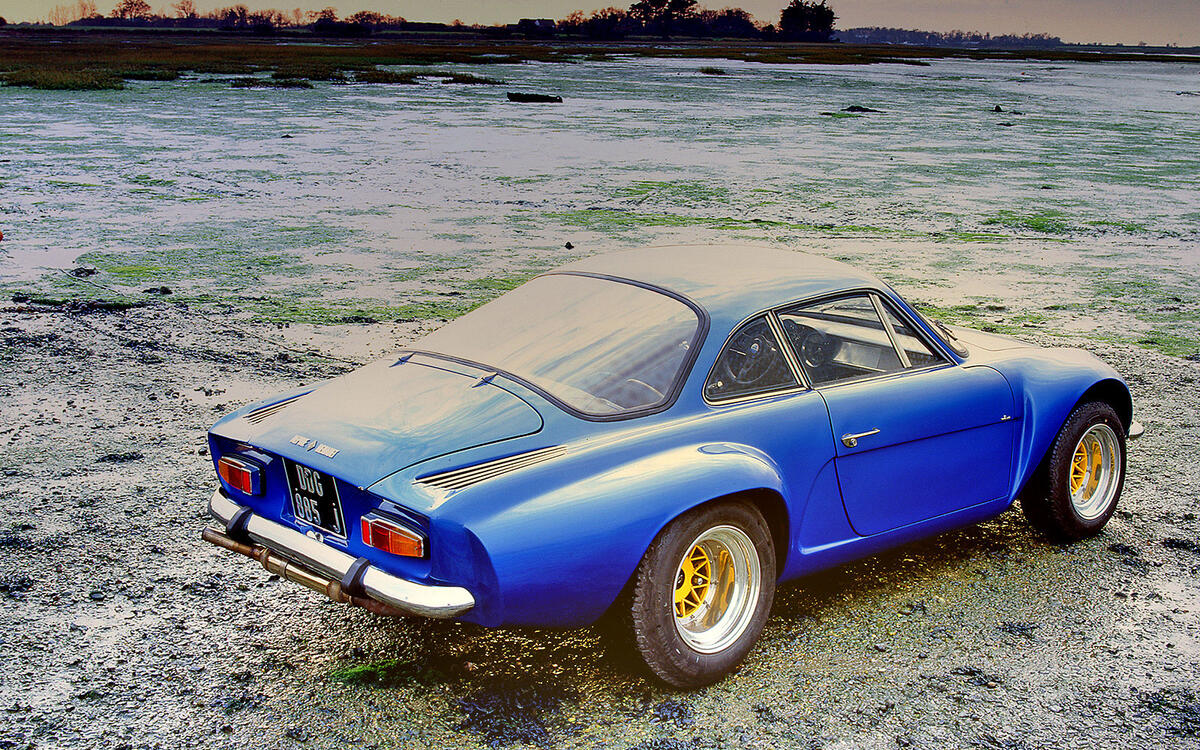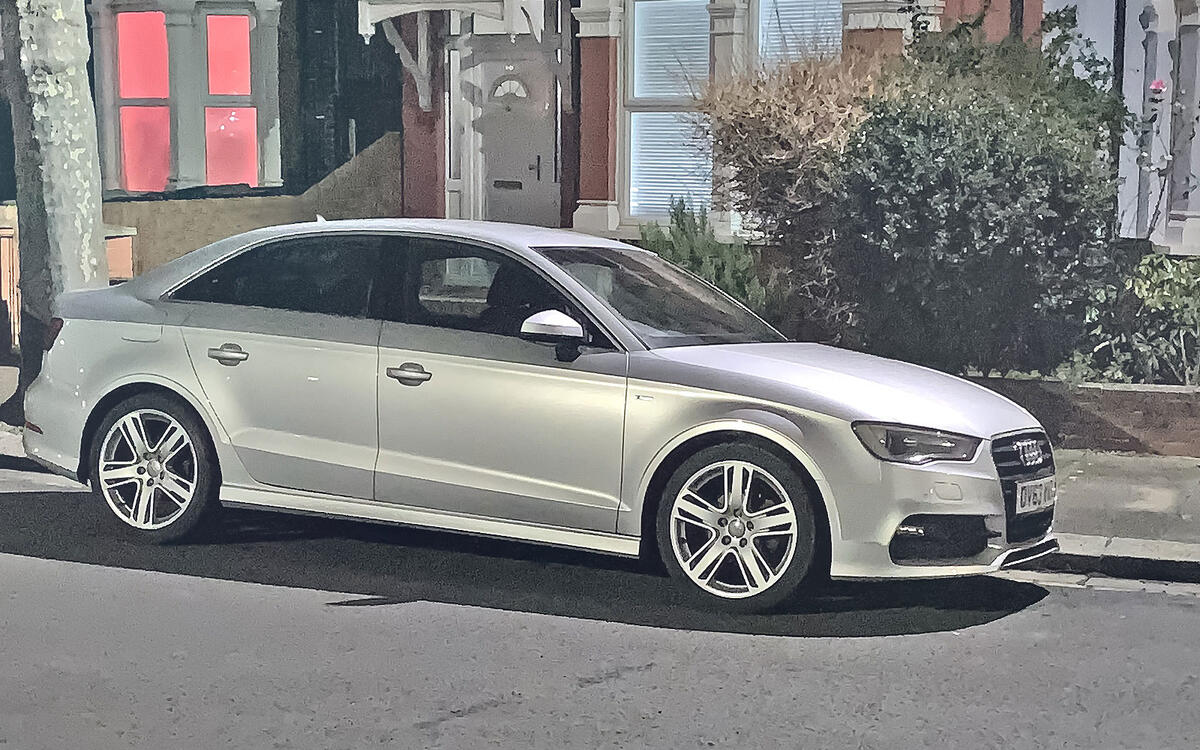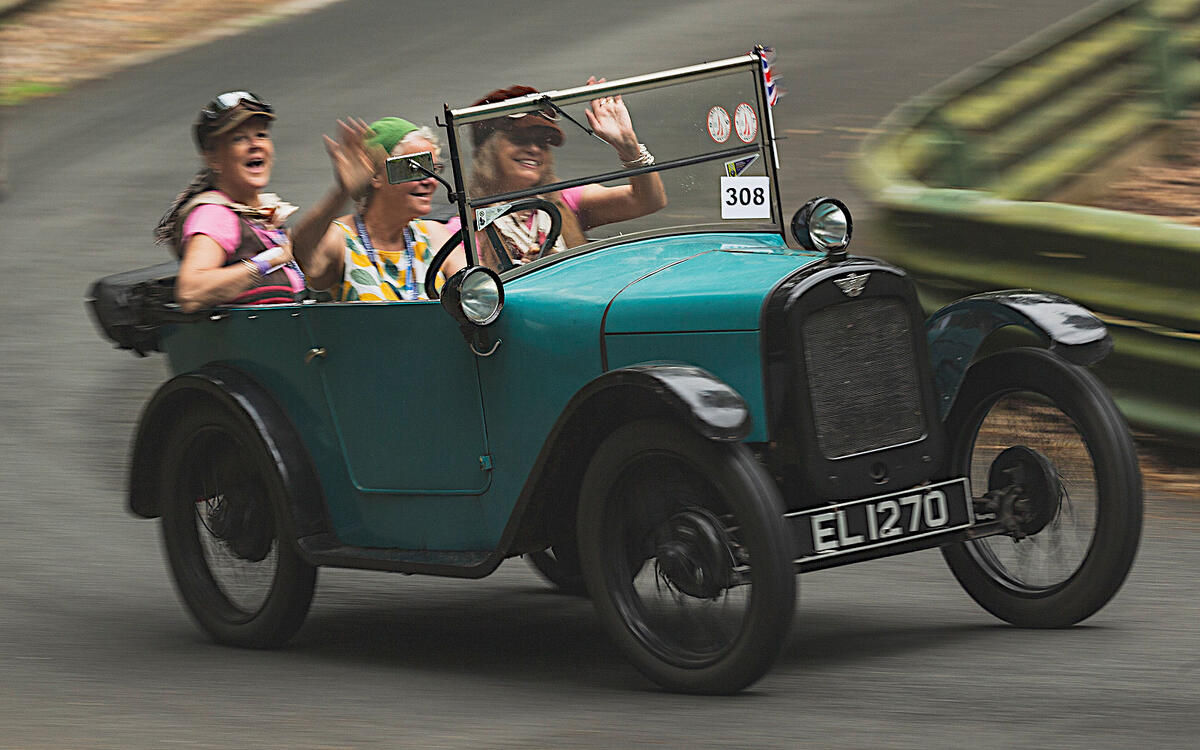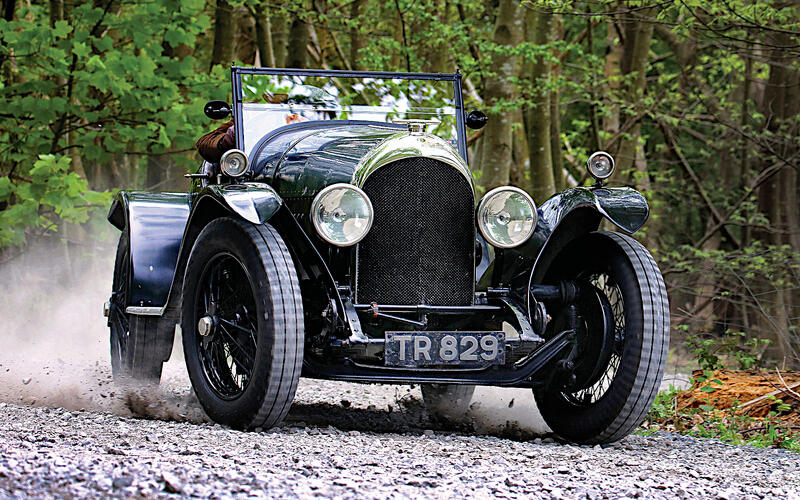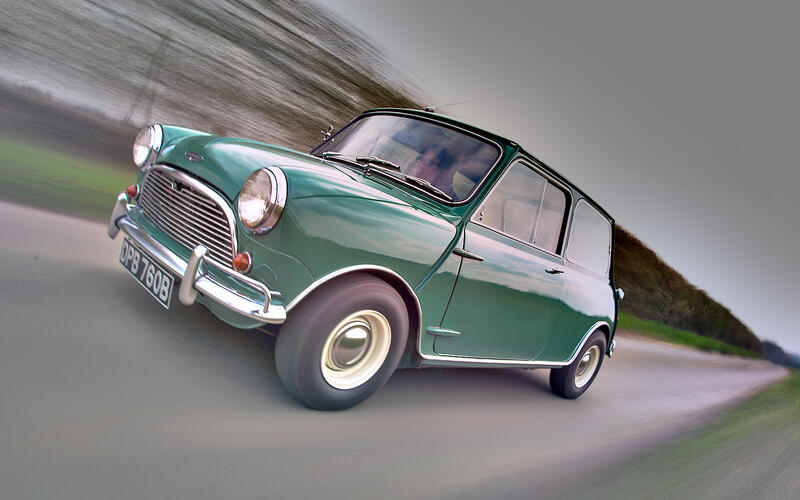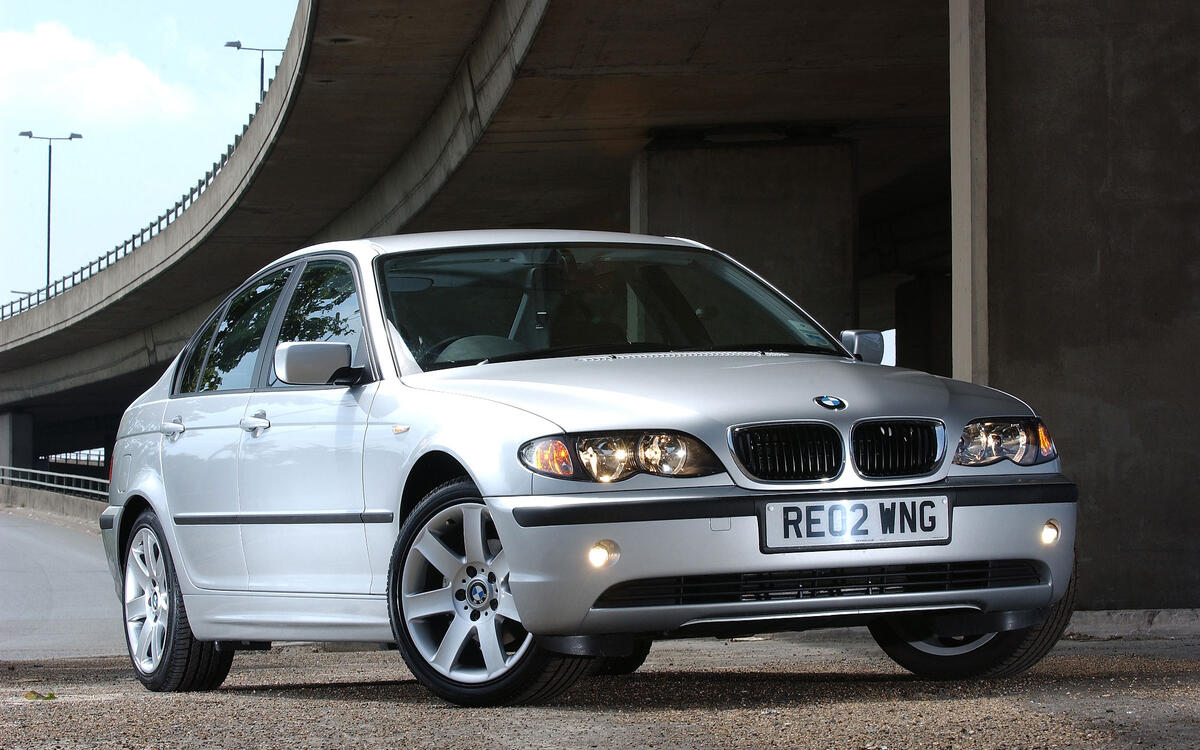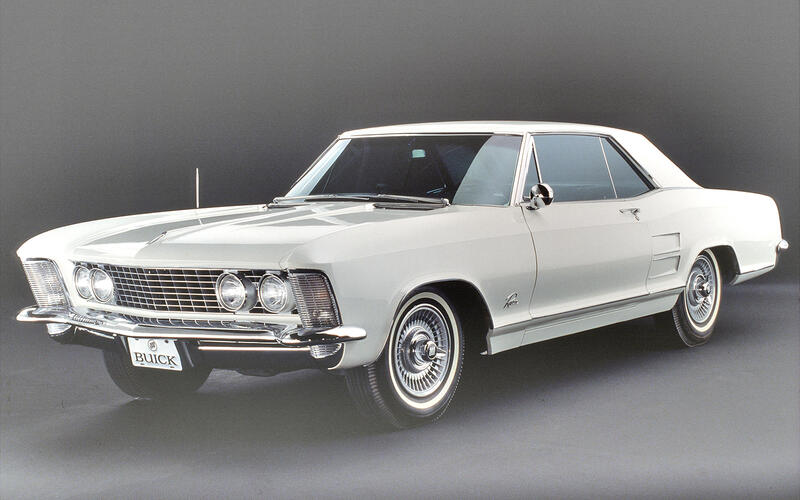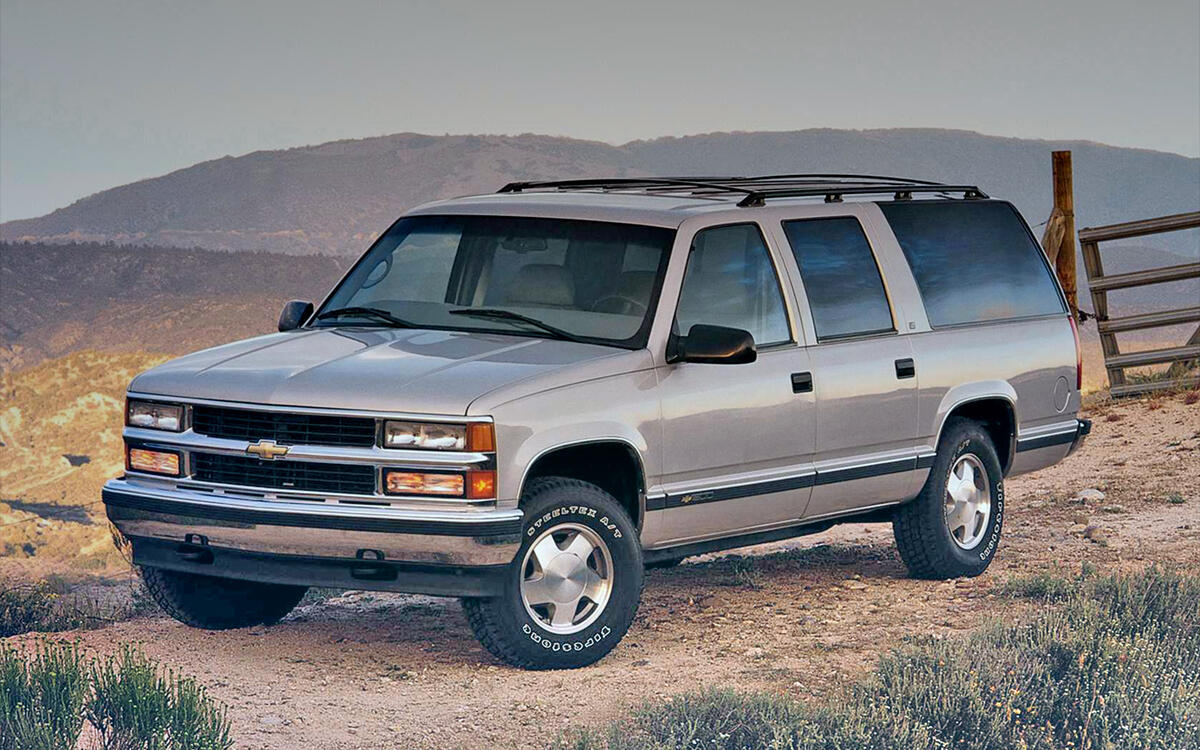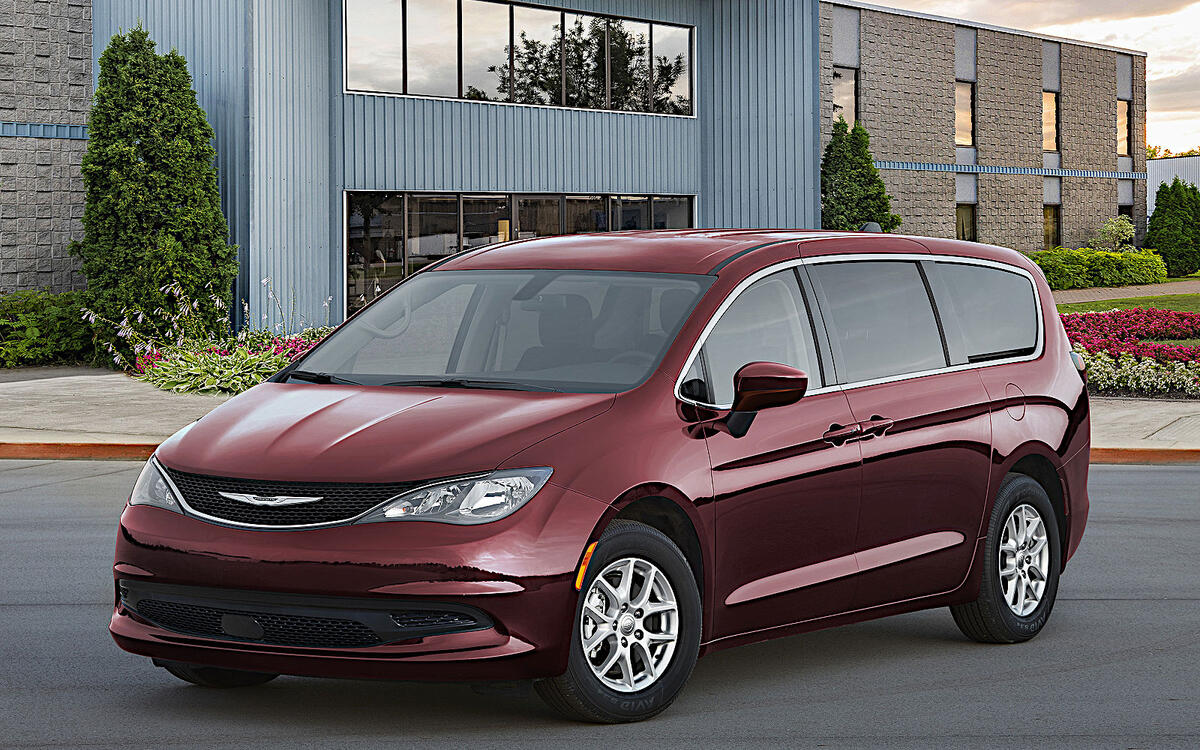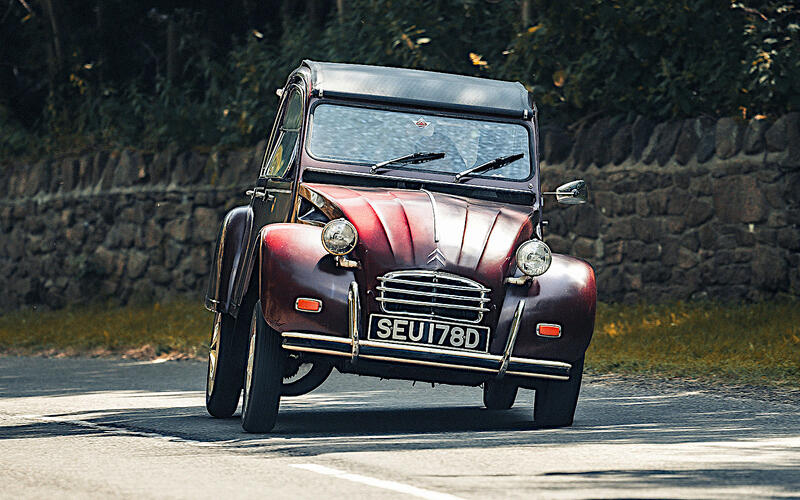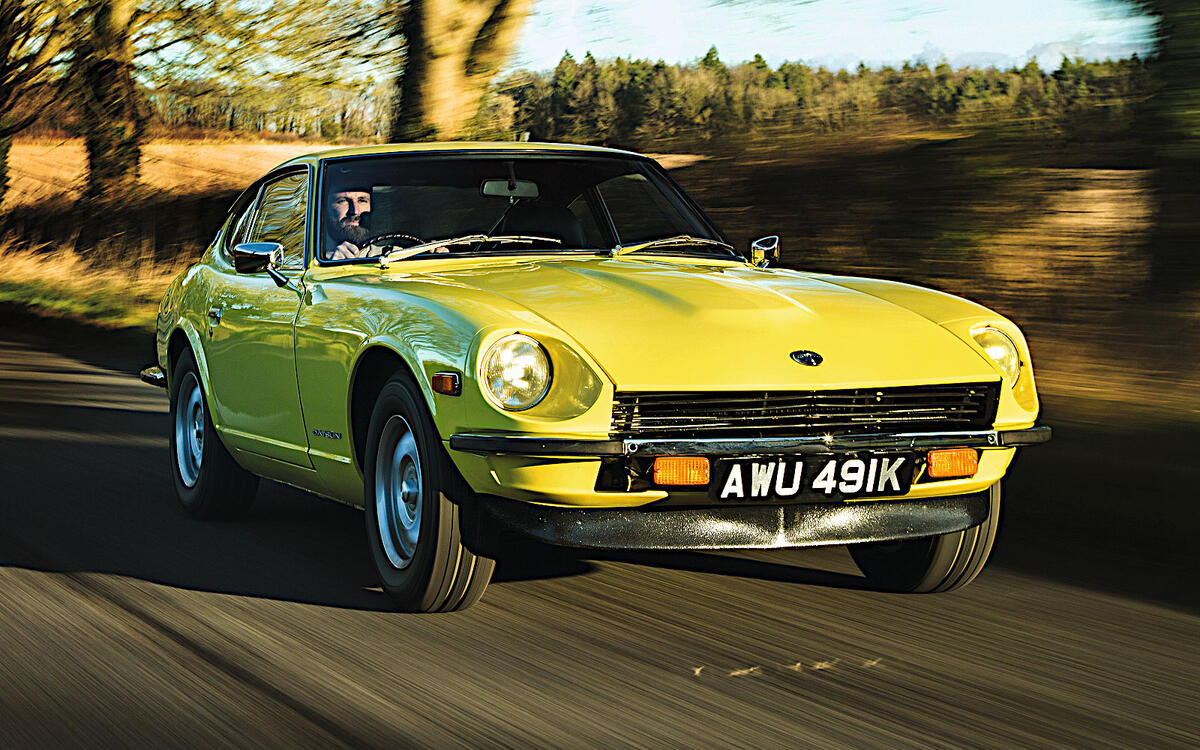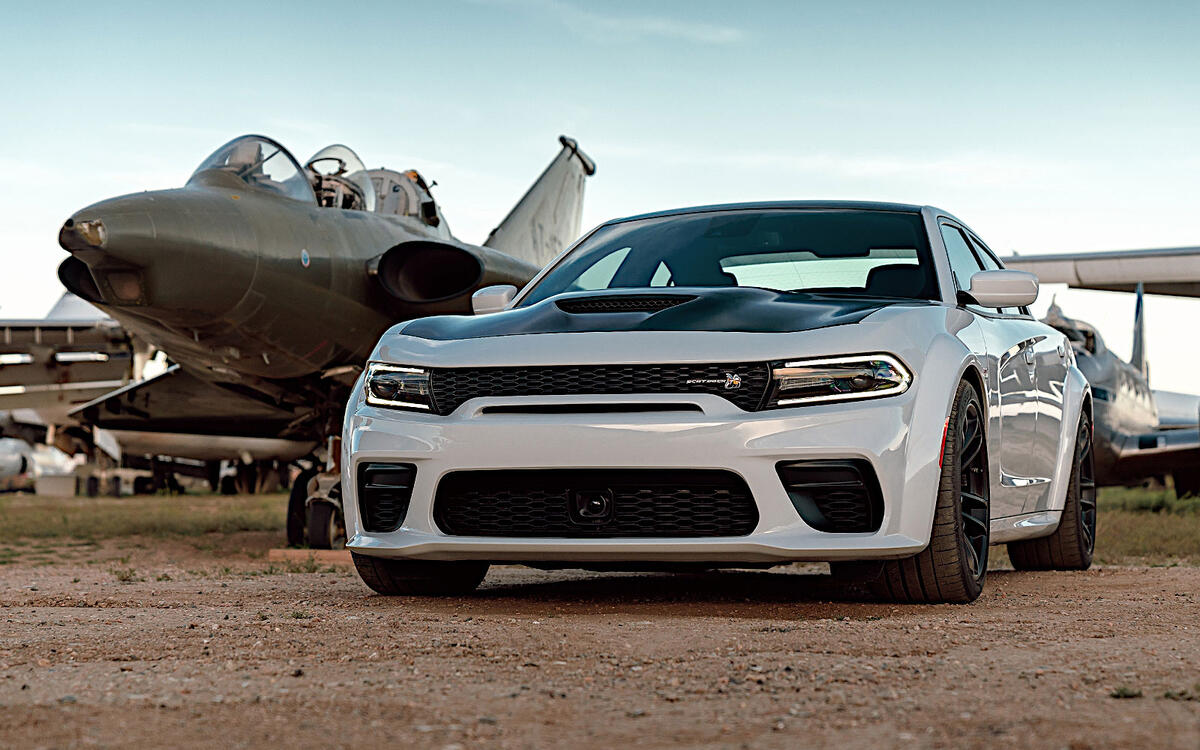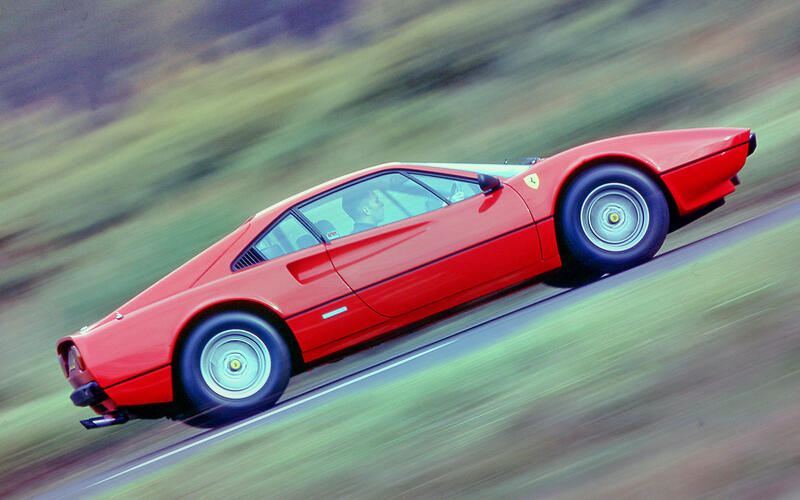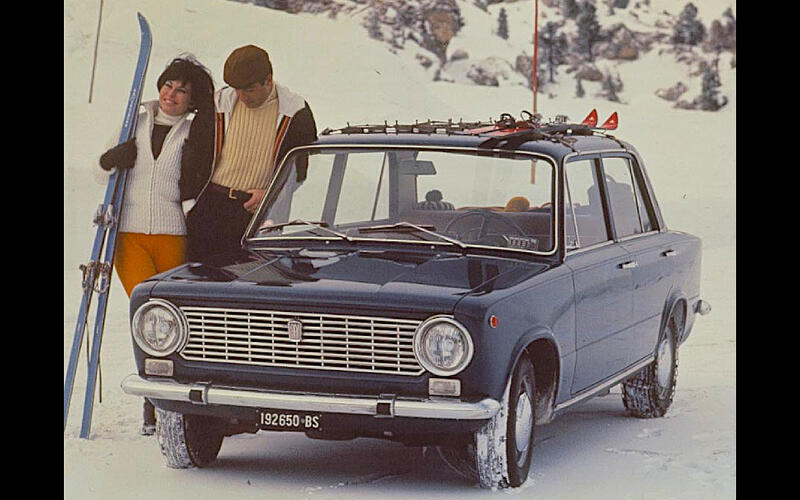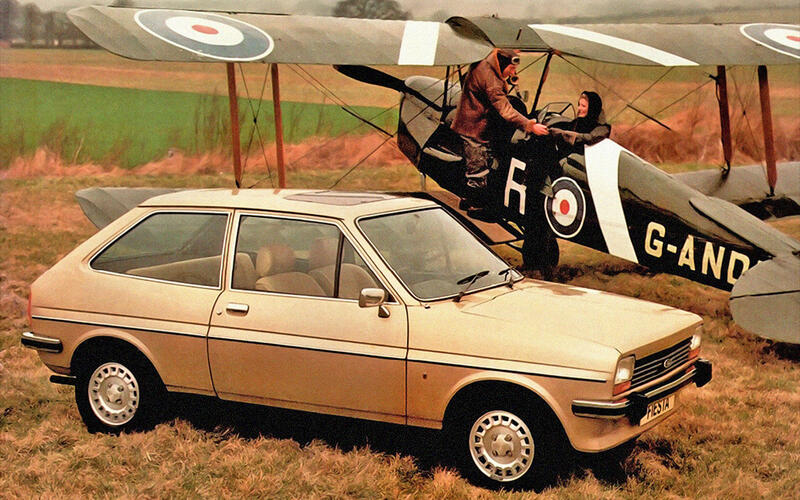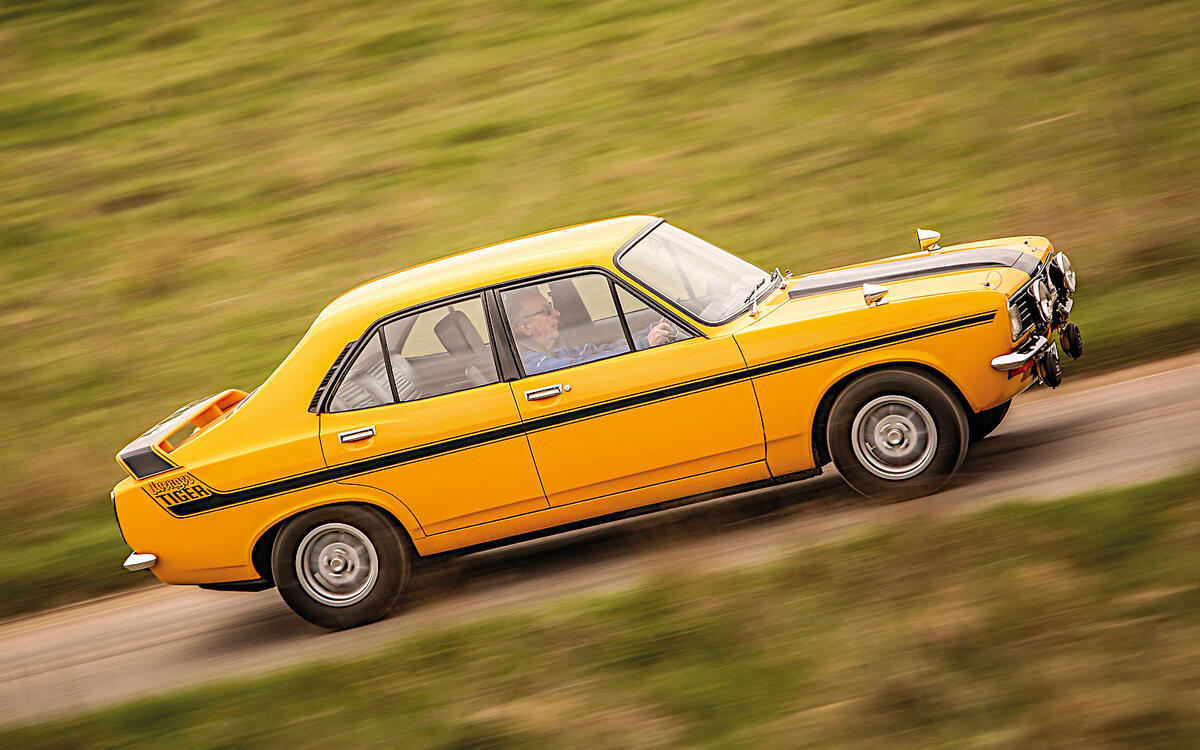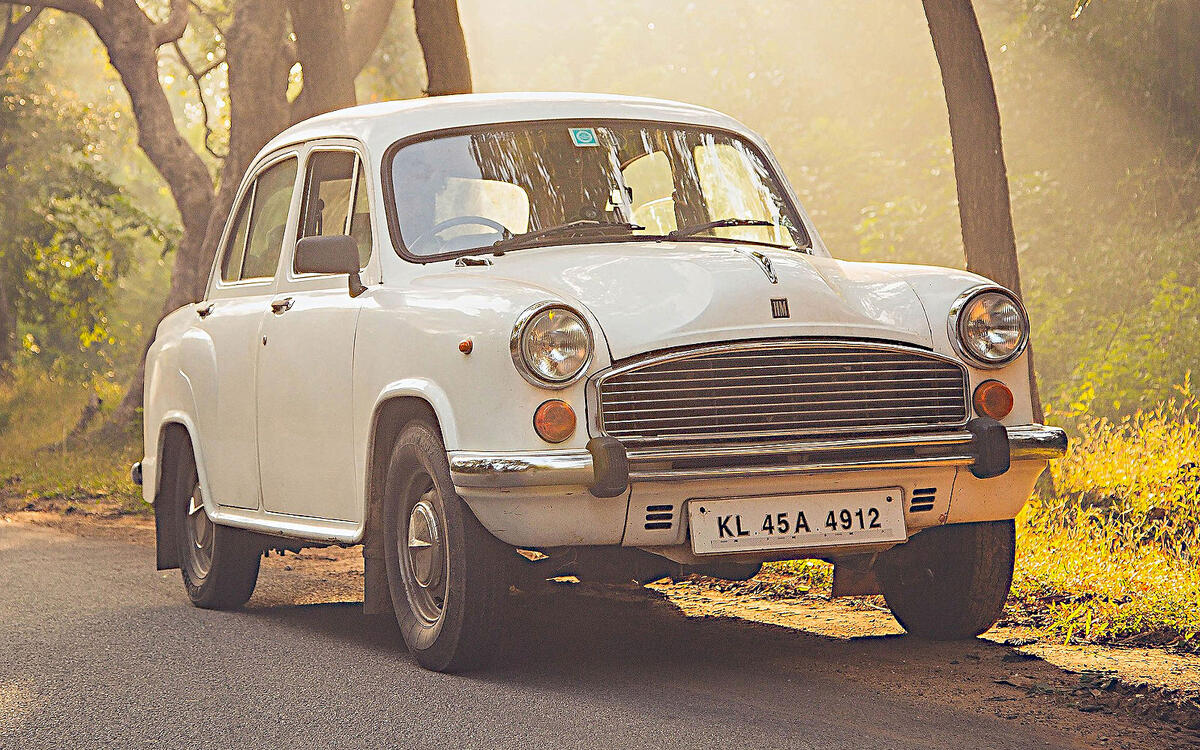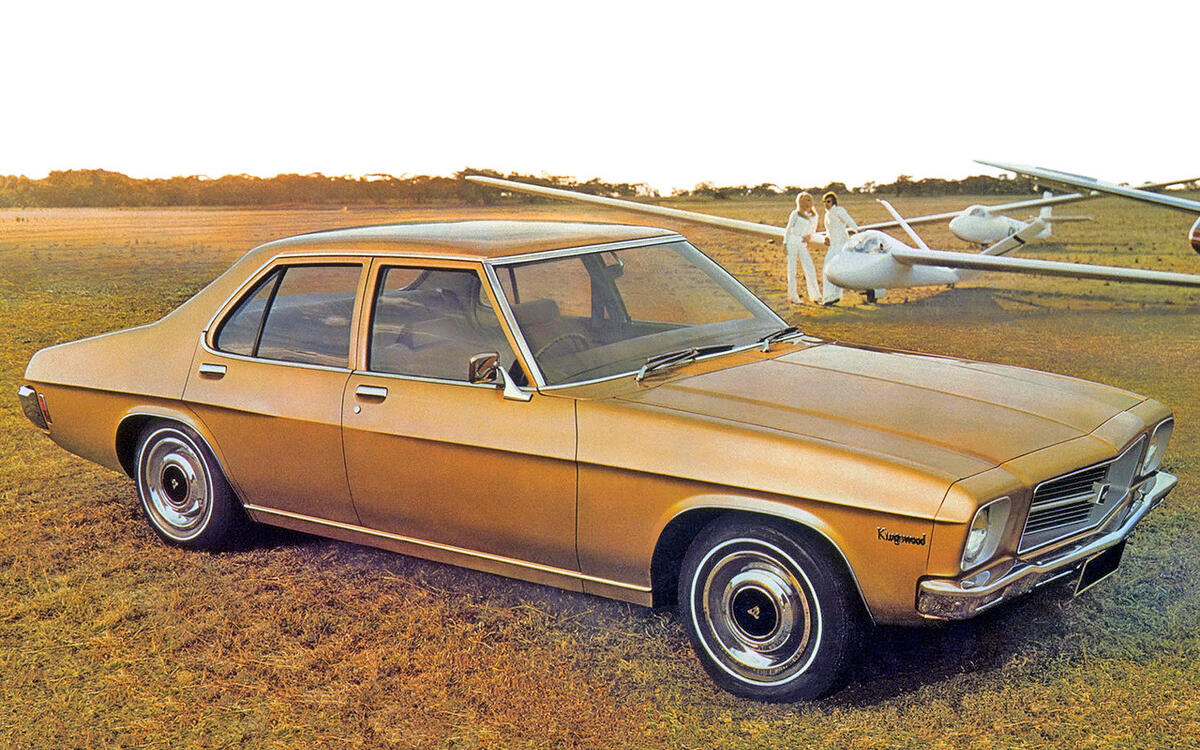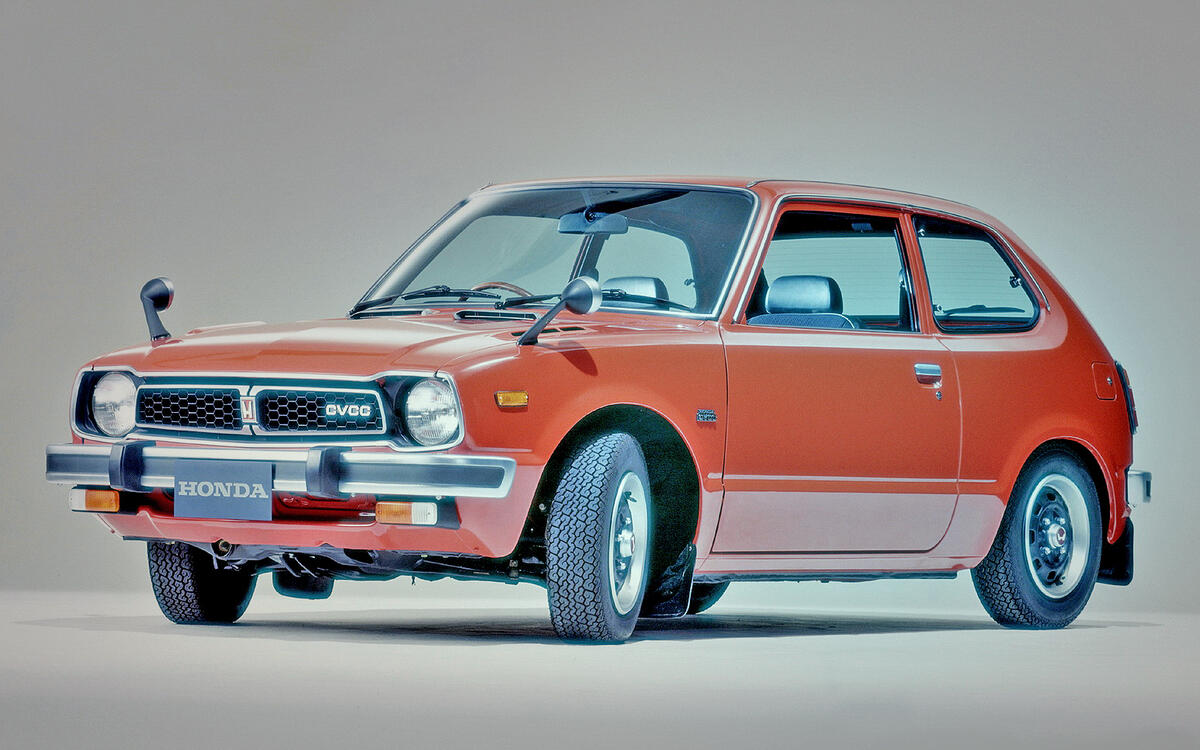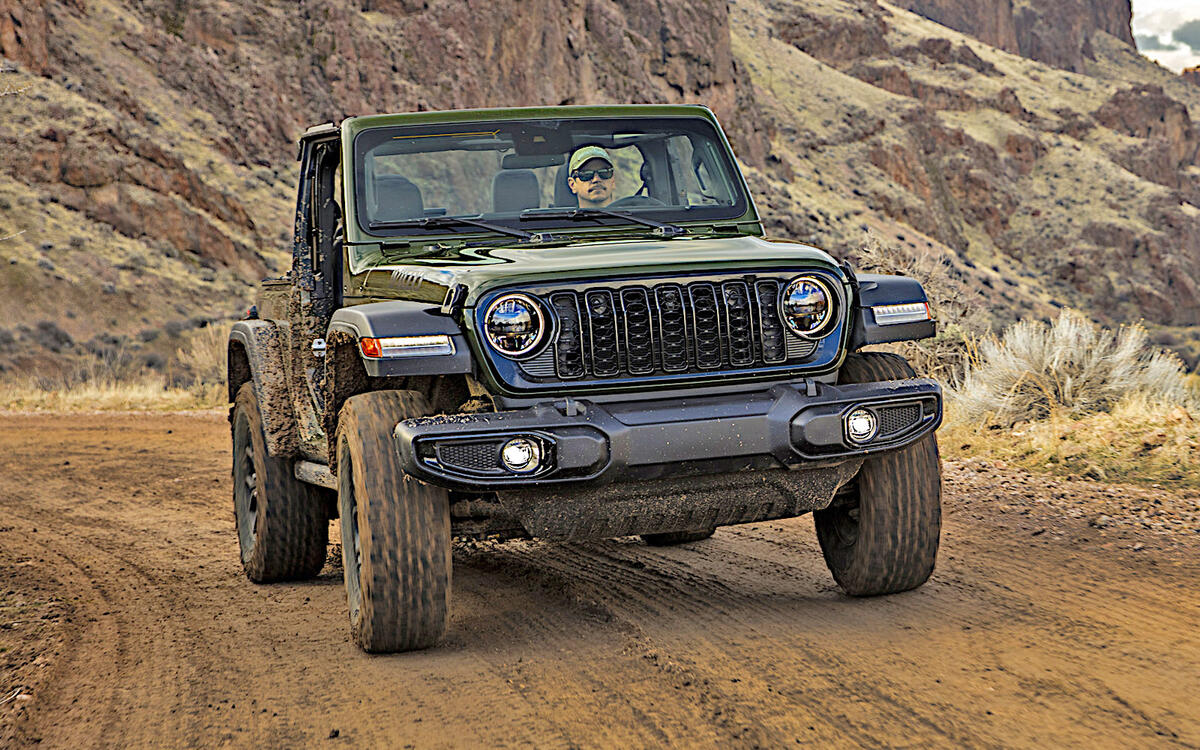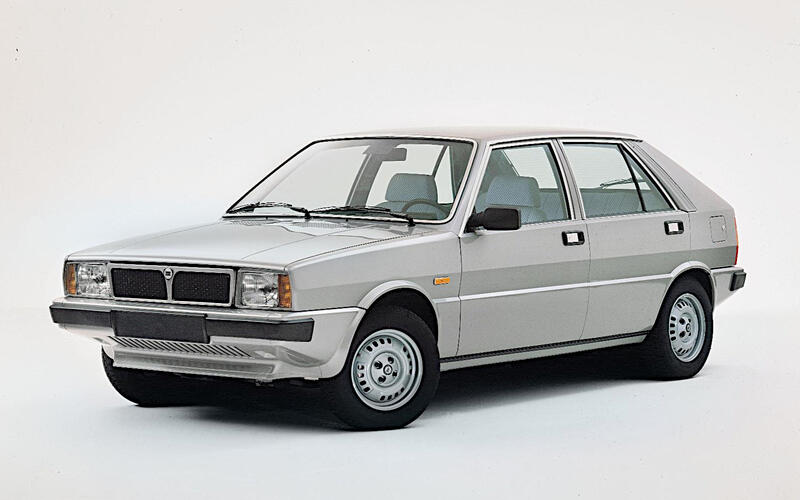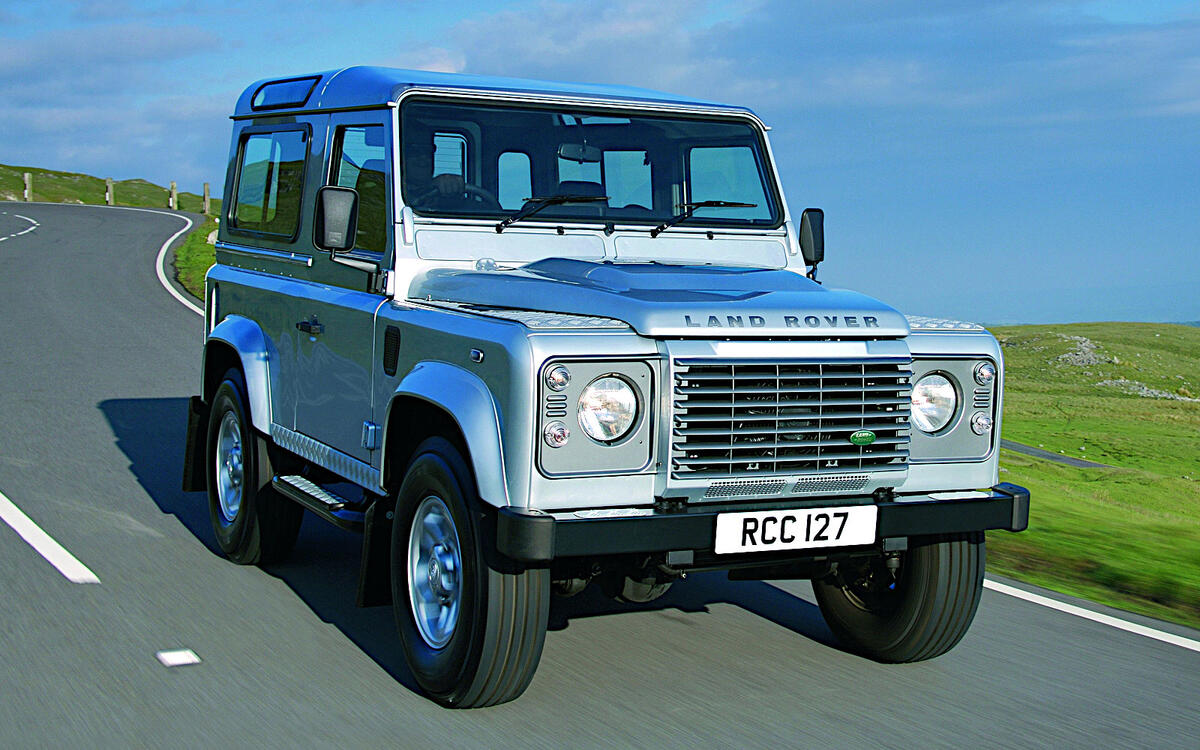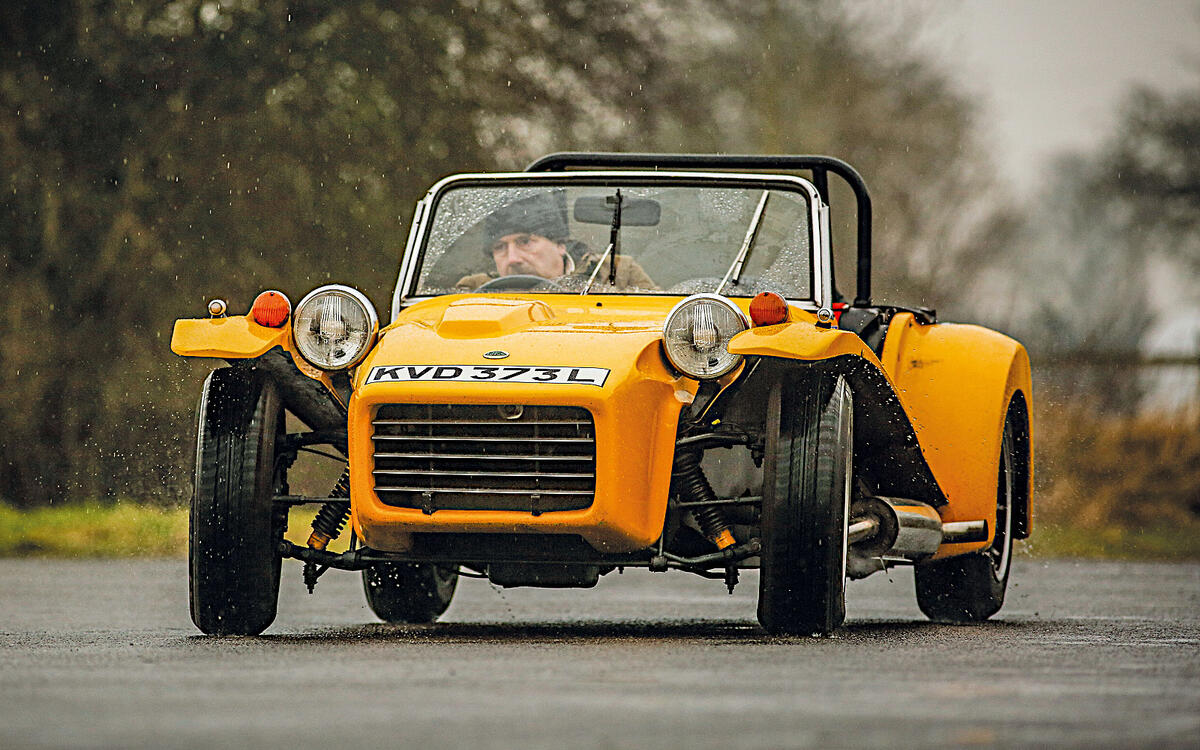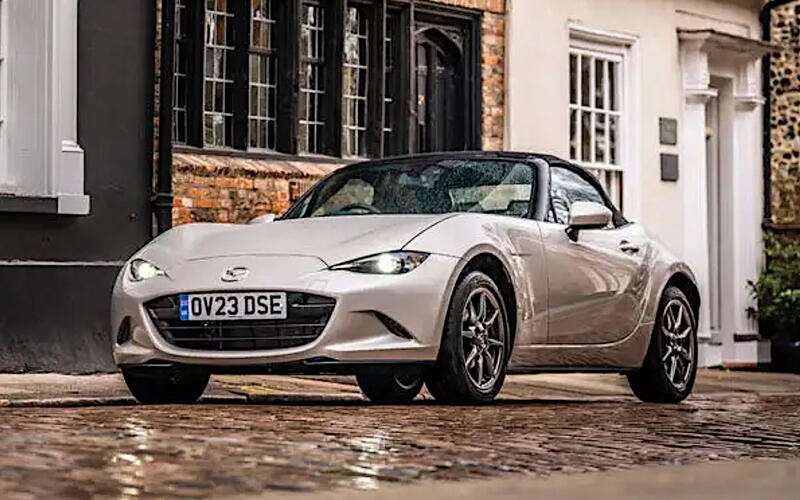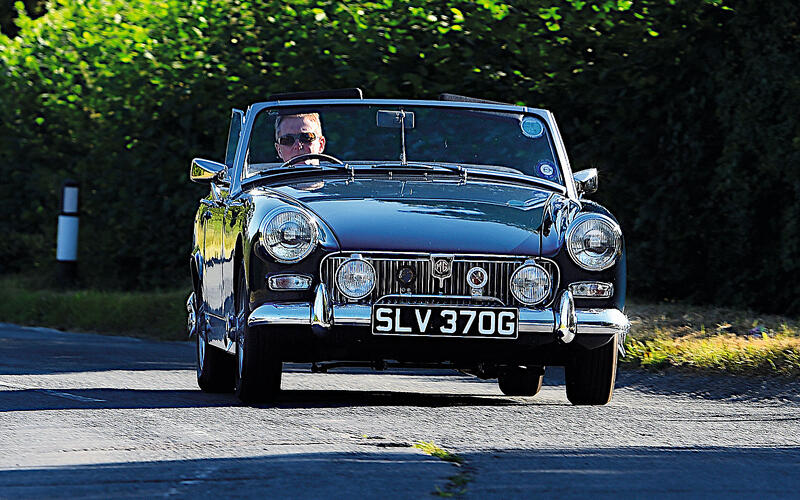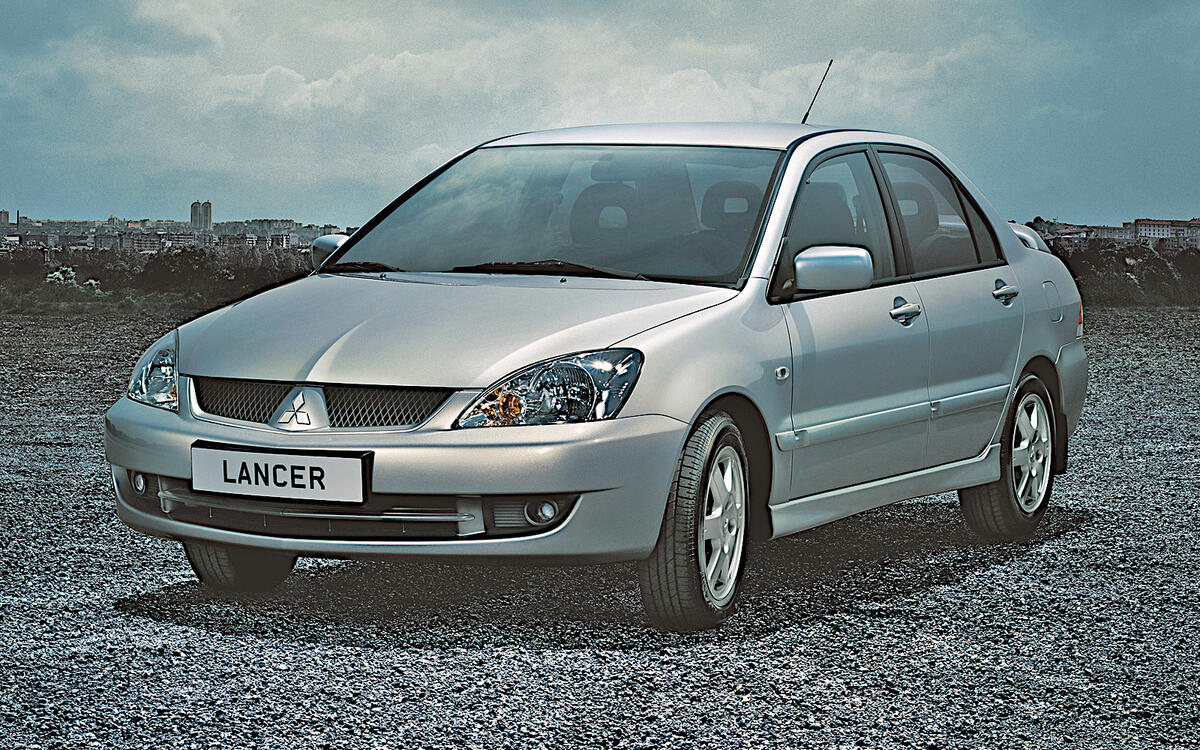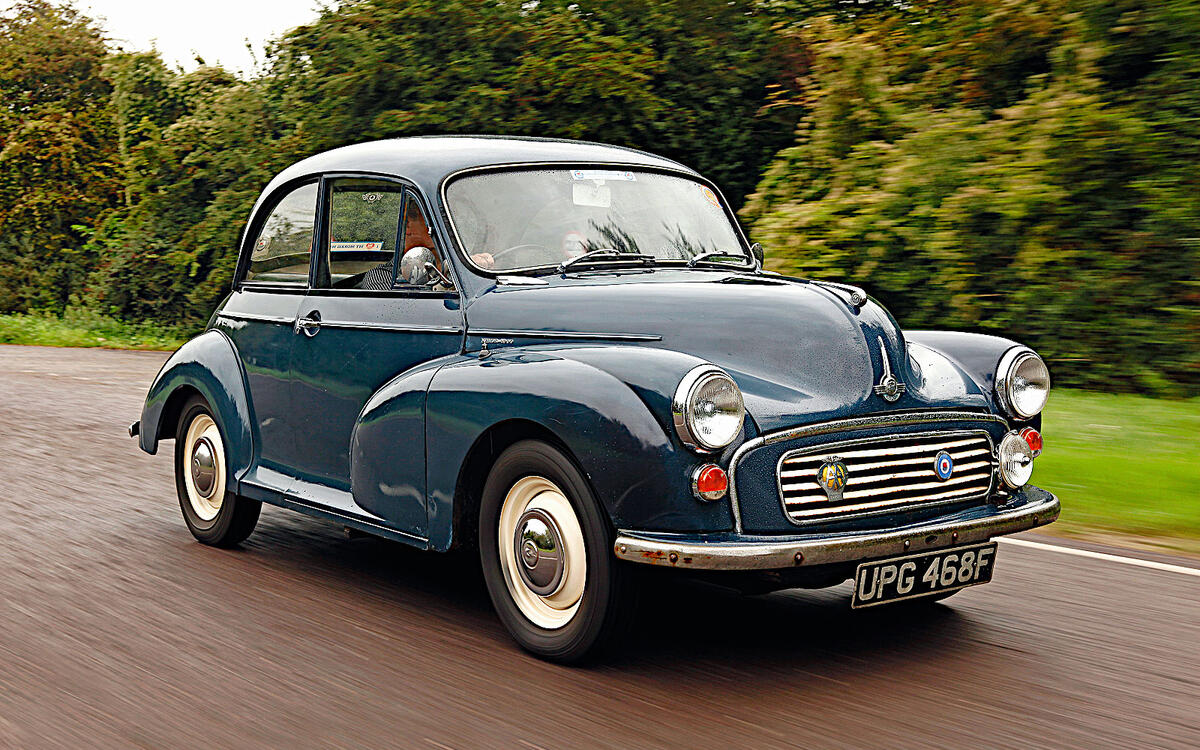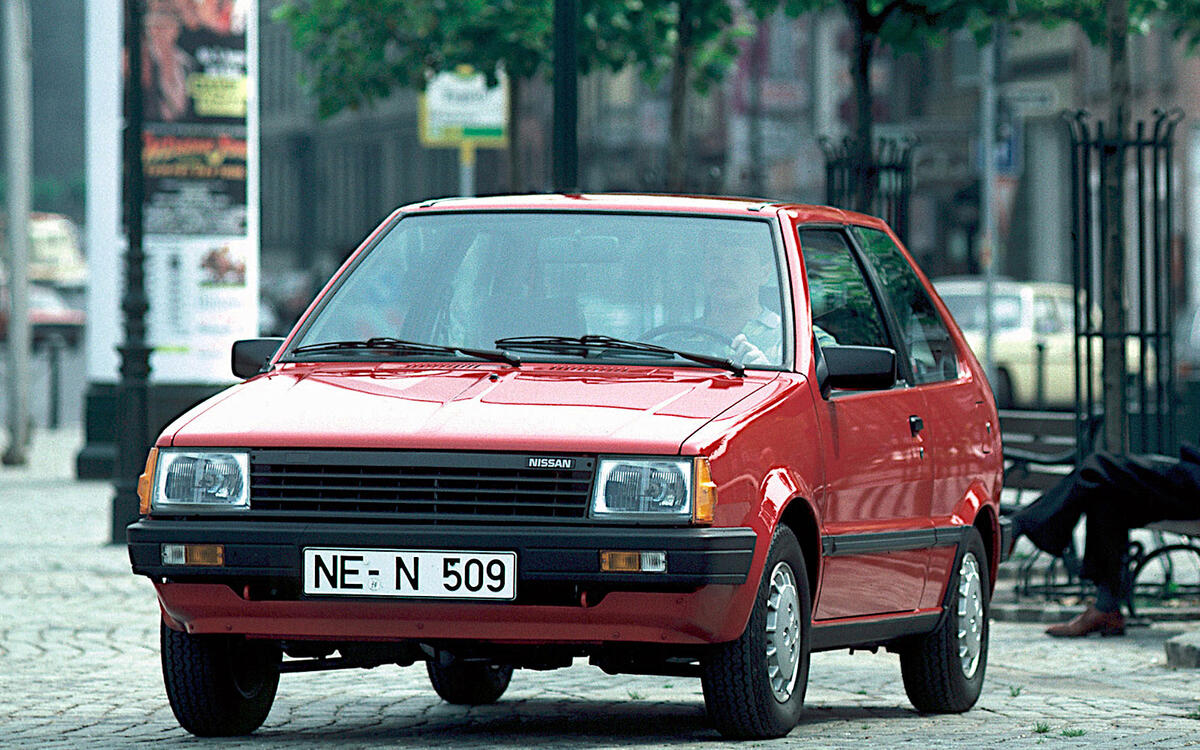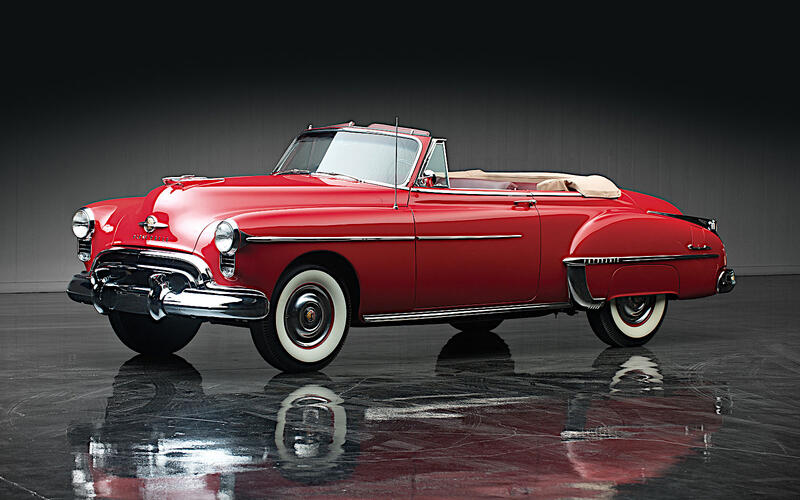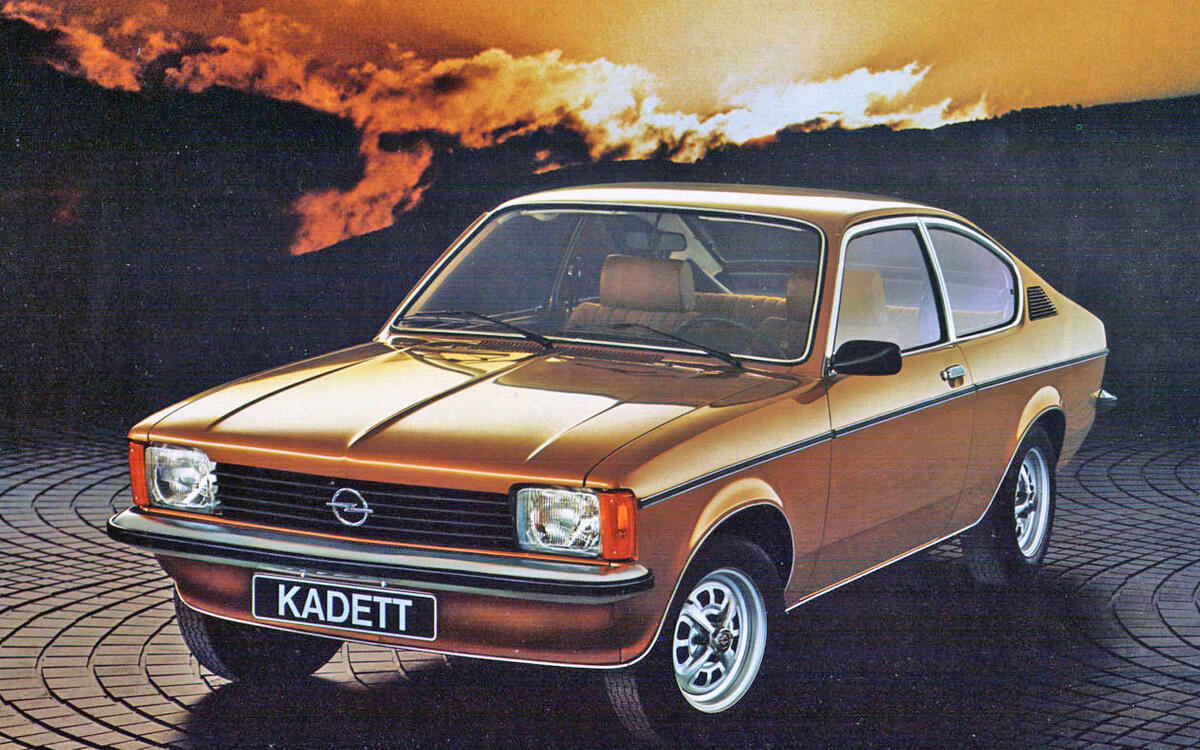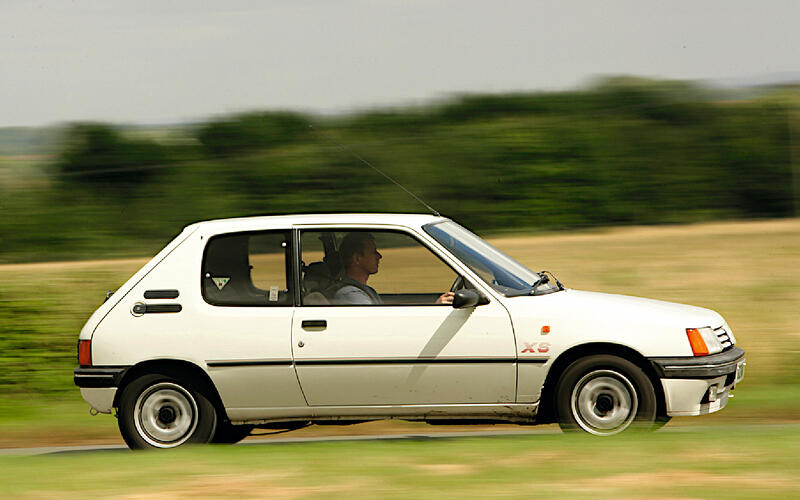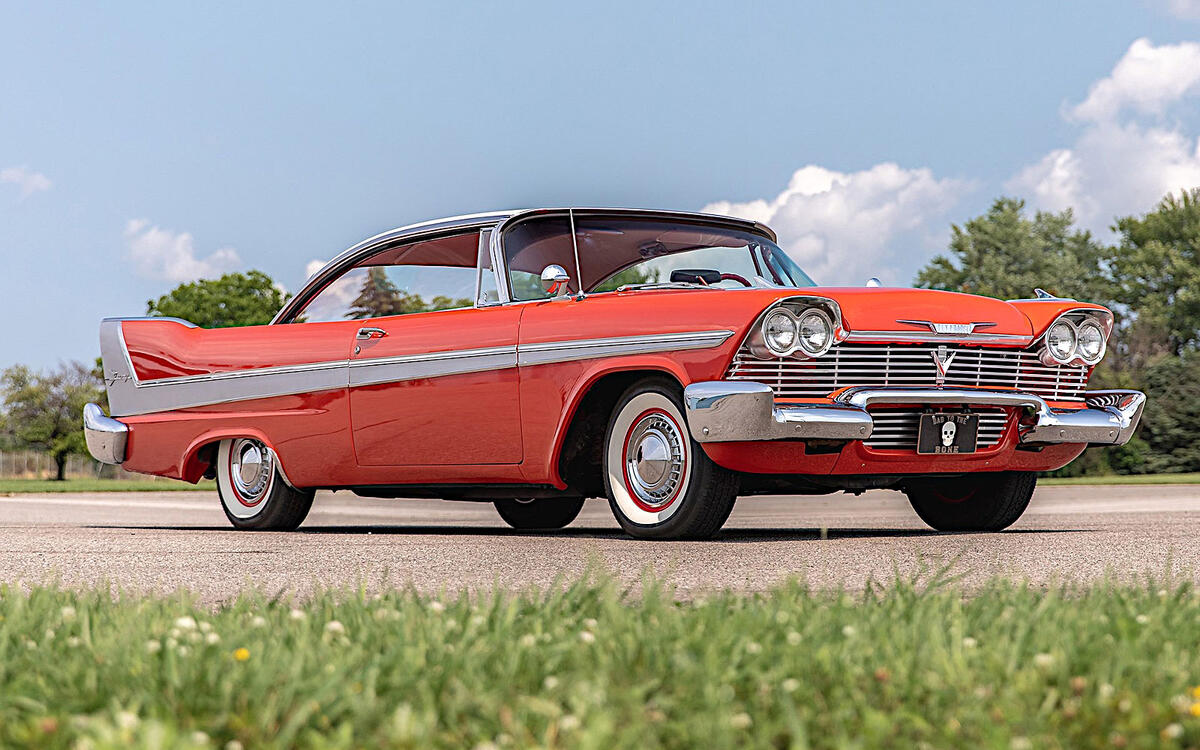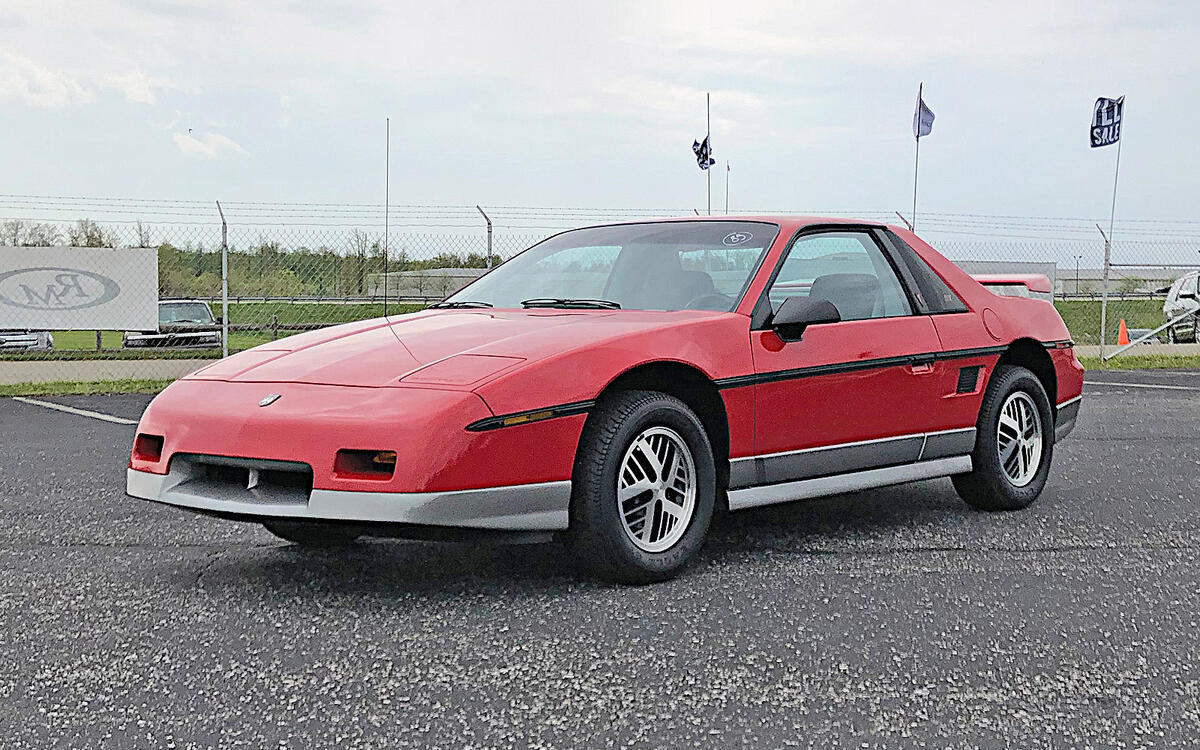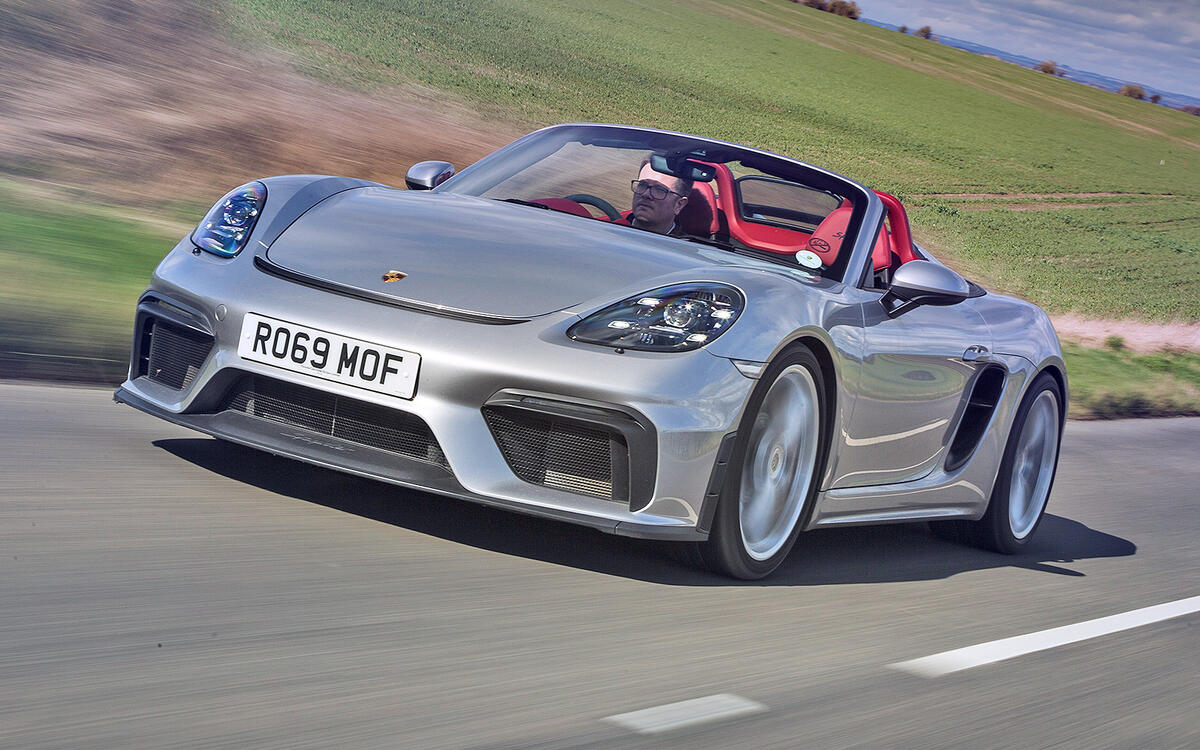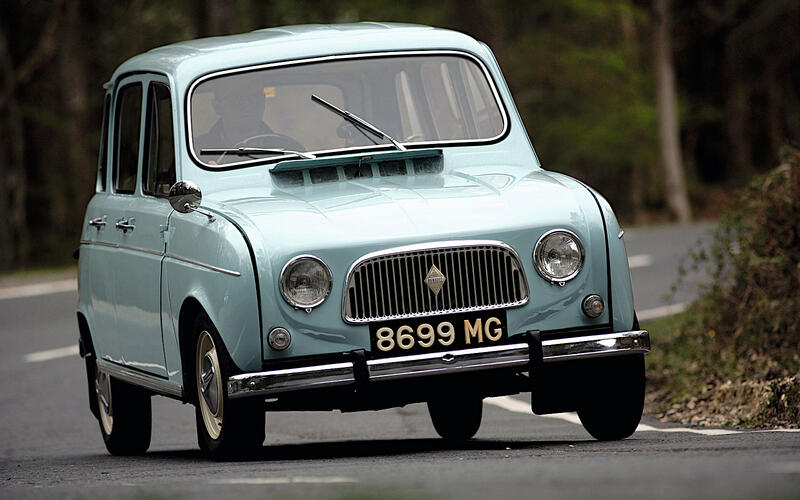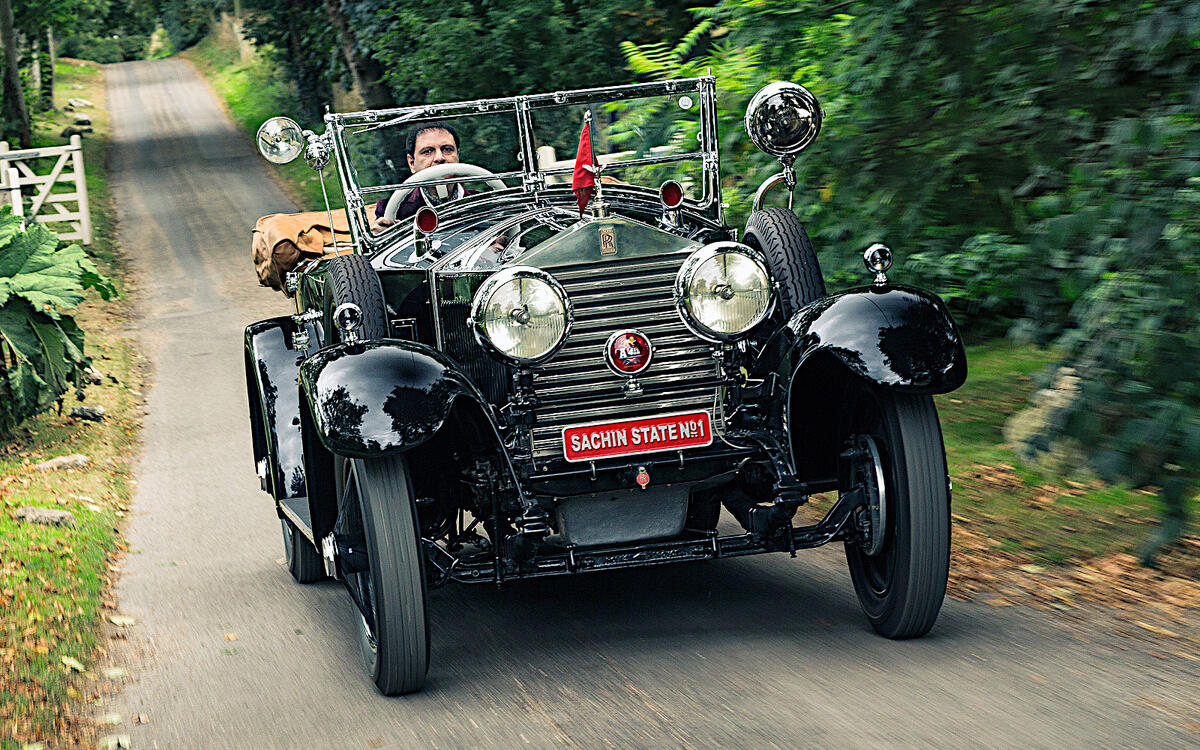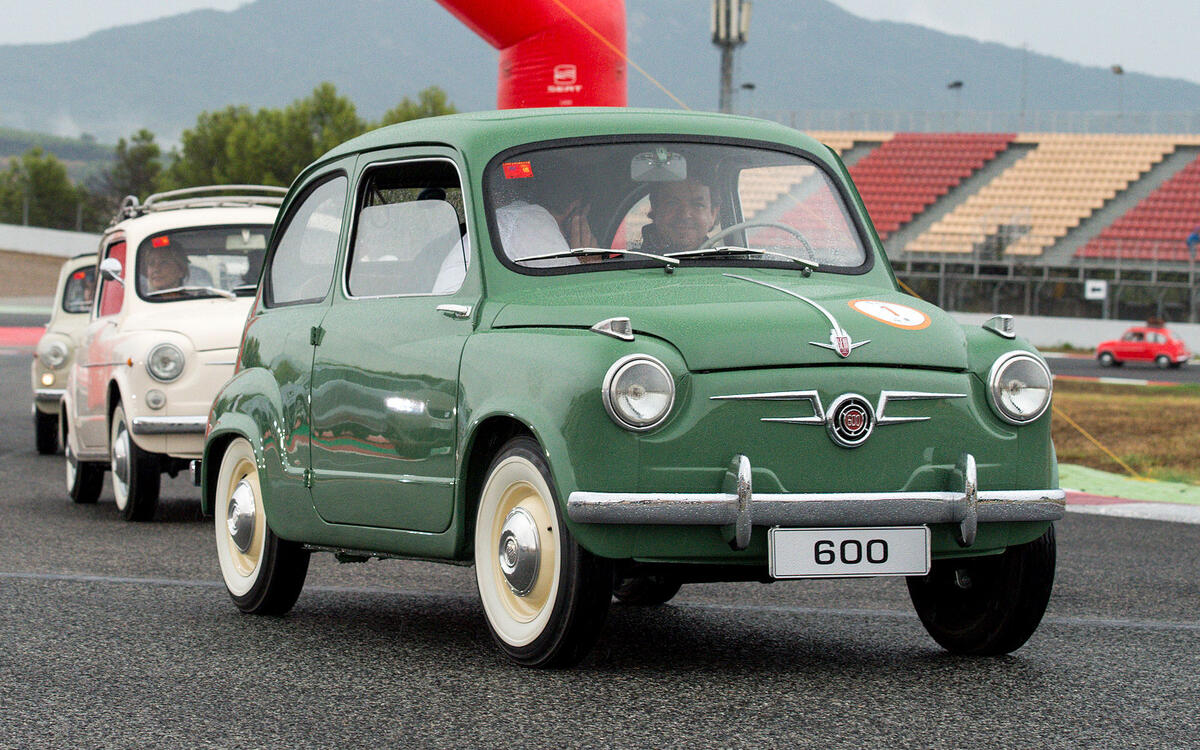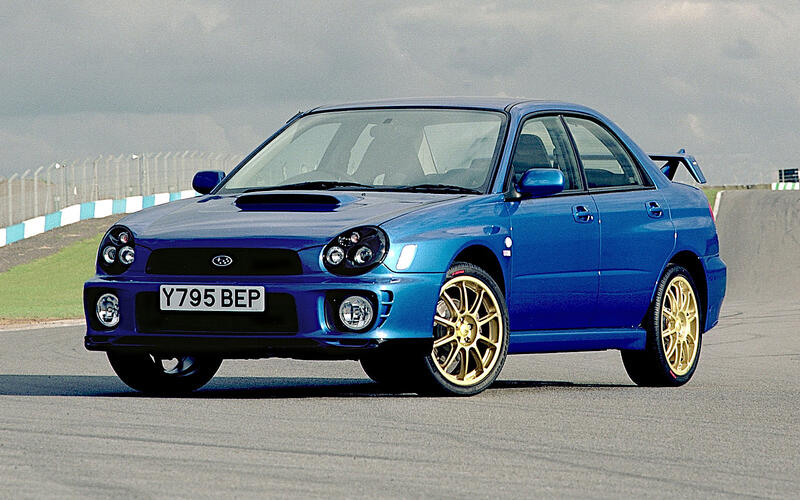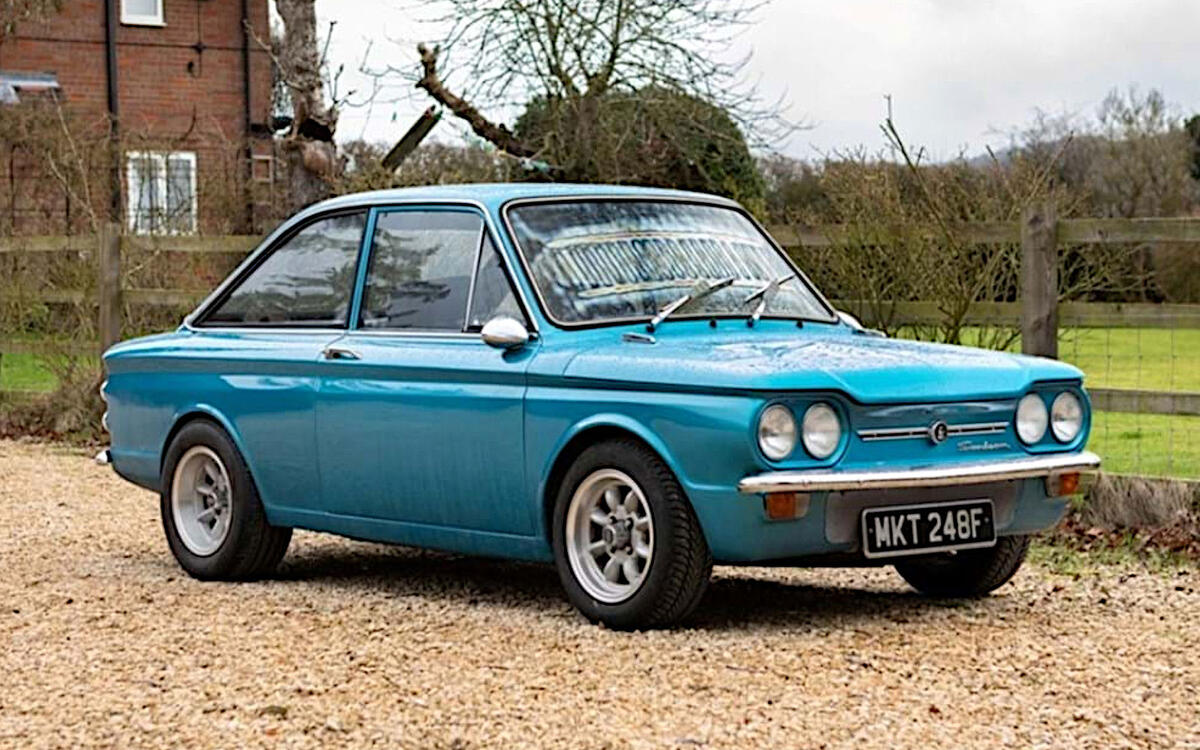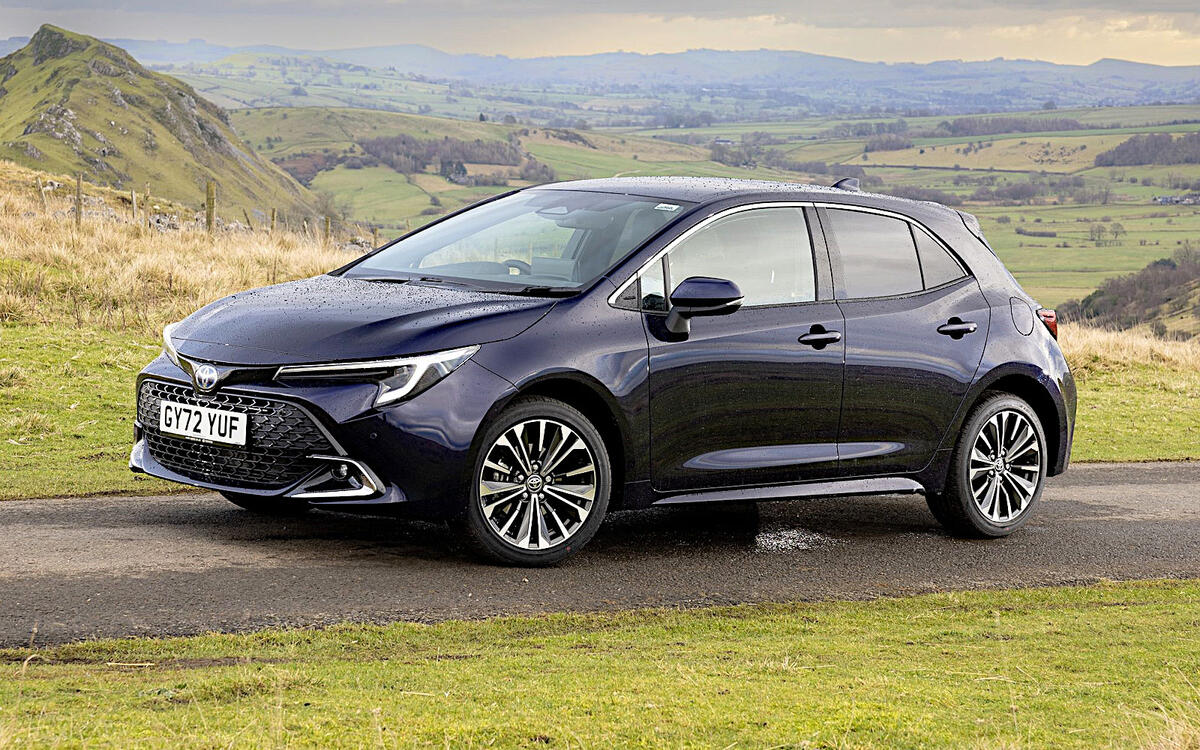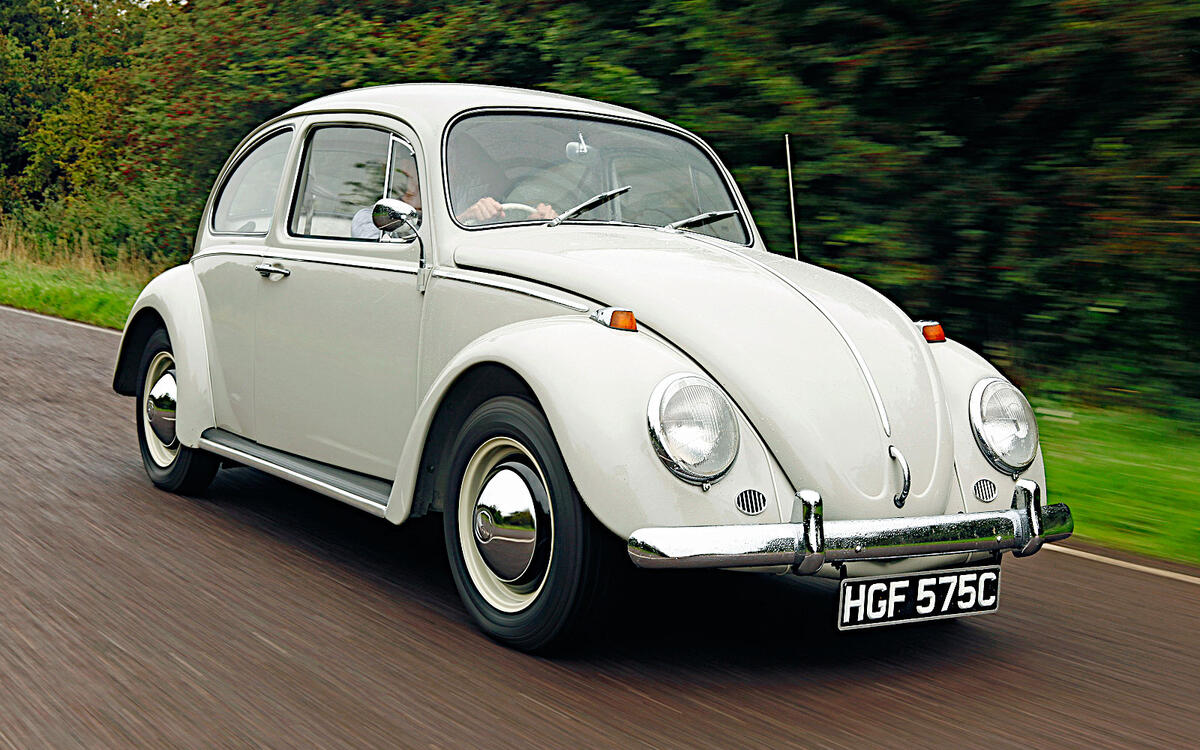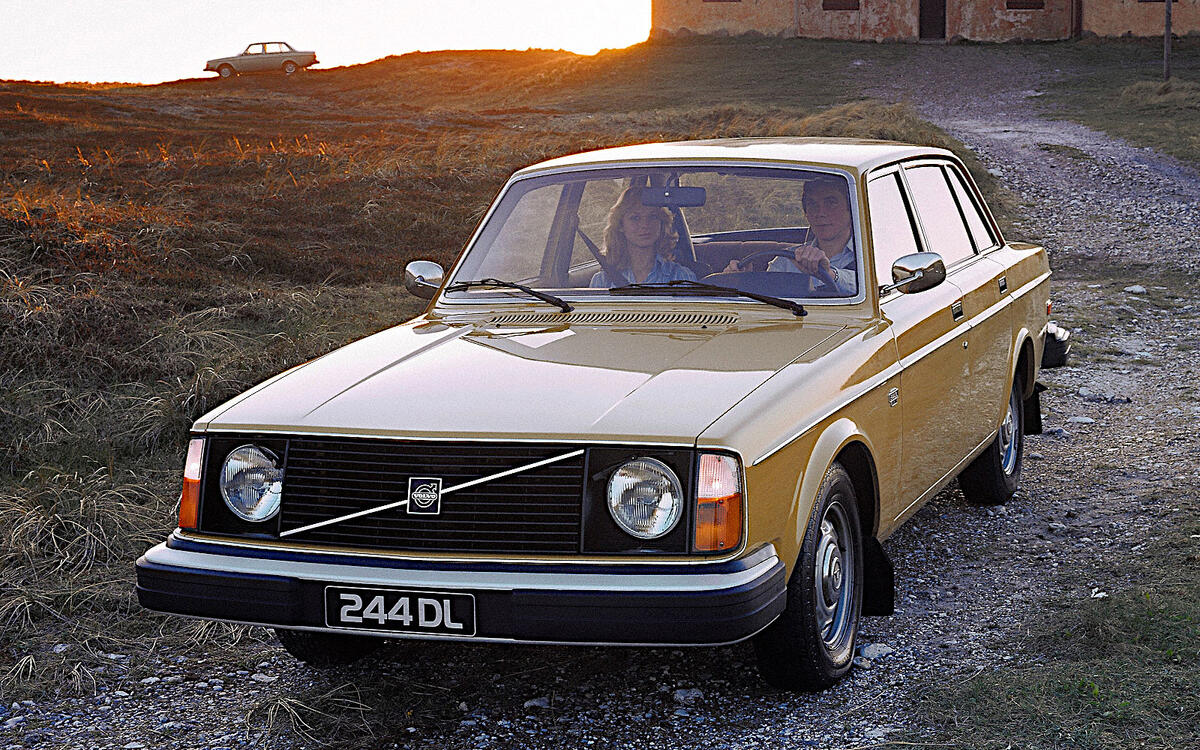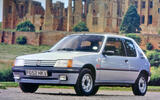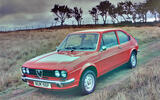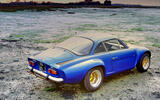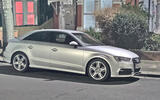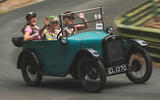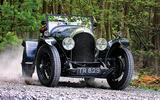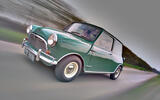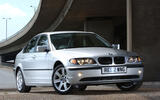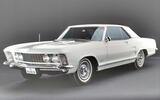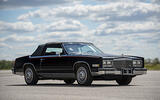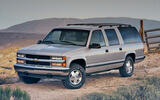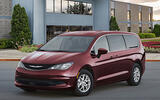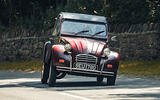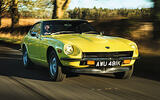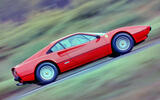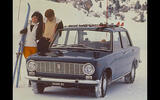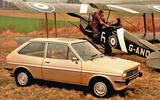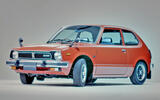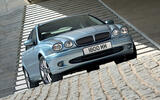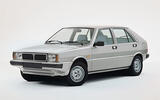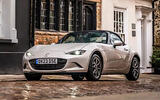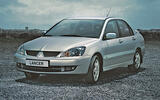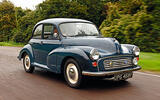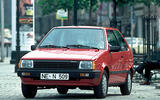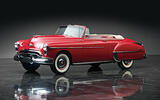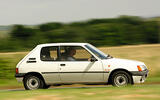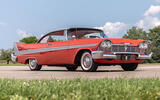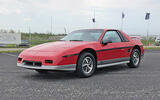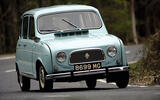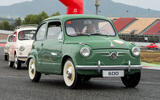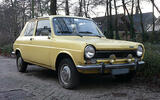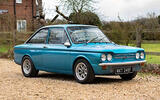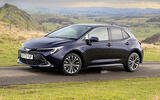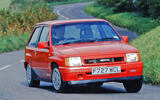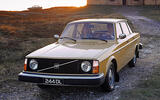 Slide of
Slide of
‘Icon’ is a difficult word to define when you’re applying it to cars.
The business becomes still more troubling when you add ‘everyday’ in front of it. Still, we’re in an ambitious mood, so we’re prepared to give it a go. Here, then, are some examples of what we’d describe as everyday icons – cars which might not have been the best, but which certainly had mass appeal for one reason or another.
We’ve picked one from each of 50 manufacturers, and listed them in alphabetical order. And yes, we’re aware that other cars could qualify, including perhaps your own favourite. Let's take a look:
 Slide of
Slide of
Alfa Romeo Alfasud
The Alfasud was so called because it was built in Naples in the south (sud) of Italy, rather than anywhere near Alfa Romeo’s headquarters more than 500 miles north in Turin. Unlike anything else Alfa was building when it revealed the car in 1971, the Sud was a compact front-wheel drive model whose flat-four engine kept its centre of gravity usefully low.
On sale for more than a decade, the Alfasud quickly developed a reputation for rusting away to nothing. More favourably, it was cheaper than anything else in the Alfa Romeo range, and was celebrated for its excellent handling.
 Slide of
Slide of
Alpine A110
Alpine’s first two Renault-based sports cars, the A106 and A108, were little known outside France, and to begin with this was also true of the third, the A110. That began to change when Alpine fitted a larger and more powerful engine (first seen in the Renault 16 hatchback), which led to the A110 becoming the most successful rally car in the world.
It completely dominated the 1973 World Rally Championship, bringing the previously almost unknown brand to global prominence, and became Alpine’s most famous car of the 20th century. Today’s A110, which is mechanically completely different but retains the basic styling, is a fitting tribute to it.
 Slide of
Slide of
Audi A3
After the short-lived experiment of the 1970s 50, which was almost exactly the same thing as the first-generation Volkswagen Polo, Audi concentrated on design and building larger cars until 1996, when it introduced the A3. As all later A3s would be, it was a close relative of the contemporary VW Golf, but priced higher to match the extra prestige of the Audi brand.
The third-generation model was one of the first cars, and certainly the first Audi, to be based on the VW Group’s very successful MQB platform family. Like its two predecessors and the current version, it was one of the quiet stars in the Audi line-up, with classy looks that are standing the test of time (especially that of the saloon, pictured), together with a sumptuous interior that does the very same – resulting in big sales.
 Slide of
Slide of
Austin Seven
It’s no longer as famous as it perhaps should be (despite a very strong following in classic car circles), but the Austin Seven deserves a great deal of credit for being both the UK equivalent of the Ford Model T and the spiritual predecessor of the Mini. Produced for most of the 1920s and 1930s, it was cheap and simple, but at the same time it was a ‘real’ car, unlike the awkward little cyclecars which it helped doom to extinction.
Austin spent a great deal of money on, and received a great deal of publicity from, a series of phenomenally fast racing and record-breaking derivatives, but the Seven would still have been an icon without that sort of help.
 Slide of
Slide of
Austin Healy Sprite
The Sprite was the only car produced by Austin-Healey which is not referred to as one of the Big Healeys. From the second generation onwards, it had a companion model in the form of the MG Midget, but the original car stood alone. Although it was produced only from 1958 to 1961, it was immediately popular due to its combination of low price and nimble handling, for which it remains famous.
That fame is enhanced by its unusual appearance, which led to it being affectionately nicknamed Frogeye in the UK and Bugeye in the US. Despite its other qualities, it might not have been quite as popular if it had looked more conventional.
 Slide of
Slide of
Bentley 3-Litre
The first Bentley, named prosaically after the capacity of its engine, was effective rather than subtle. Favoured by dashing young chaps, it performed oustandingly well despite its size and lack of aerodynamic efficiency, winning the Le Mans 24 Hour race in both 1924 and 1927.
The word ‘everyday’ might not seem suitable for this or any other Bentley, but it was less expensive than the cars which followed it. This became a serious problem when the Great Depression engulfed the world, and led to Bentley having to be saved from collapse by Rolls-Royce in 1931.
 Slide of
Slide of
BMC Mini
There is simply no argument that the Mini was the most celebrated product devised by the British Motor Corporation. It first appeared in 1959, and was so popular (among an admittedly diminishing fan base) that it was still worth building as late as 2000.
Any manufacturer would be satisfied with creating a car which was appreciated as a practical form of family transport, or sought after by celebrities (with all the publicity arising from that) or enormously successful in international racing and rallying. In the 1960s, at least, the Mini was all three at once.
 Slide of
Slide of
BMW 3 Series E46
There’s a theory that one particular model occupies the centre of gravity in most manufacturers’ ranges – the car the company is most comfortable with, and best at designing. In the case of BMW, that car is surely the 3 Series, which first appeared in 1975 and is now in its eighth generation.
The M3 has always been the most exciting version, but elsewhere in the line-up BMW has generally provided a wide range of engines and body styles, and accordingly charged very different amounts of money – to such an extent, in fact, that for nearly half a century it has been possible to say that there is a 3 Series for almost everyone, and the model has been top of its class for multiple generations now.
PICTURE: BMW 3 Series E46 (1998-2005)
 Slide of
Slide of
Buick Riviera
The term ‘personal luxury car’ at first suggests a level of exclusivity inappropriate for this article. In fact, it refers to relatively inexpensive models which, though usually powerful, are biased towards comfort and convenience rather than outright performance.
Launched in 1963, five years after the second-generation Ford Thunderbird, the Buick Riviera was by no means the first personal luxury car, but it was a fine example of one, and sold well – at least in the first three generations, when it looked very distinctive and was powered by large V8 engines of between 6.6 and 7.5 litres. The global fuel crisis of the 1970s forced Buick to rein the car in, and it was never quite the same after that.
 Slide of
Slide of
Cadillac Eldorado
GM’s luxury brand is not known for cars which could be described as ‘everyday’, so the magnificent Eldorado is better described as one that American motorists wanted to buy rather than one they could afford to. However, that wasn’t quite the case for the tenth-generation model, which was about as close to mainstream as Cadillac ever came with this nameplate.
In both 1984 and 1985, over 70,000 Eldorados were sold. To put that into perspective, Cadillac’s current best-seller, the Escalade SUV (and its long-wheelbase ESV derivative) found only slightly more than 40,000 US customers in 2022.
 Slide of
Slide of
Chevrolet Suburban
When compiling a list of everyday icons, it would absurd not to include a memorably practical vehicle which has its own star on the Hollywood Walk of Fame. The Suburban earned this in 2019, by which time it had appeared in more than 1750 films and TV shows.
Chevrolet has used the Suburban nameplate consistently for nearly 90 years, always for the most practical model of its day in terms of interior space. The current model is the extended-wheelbase version of the Chevy Tahoe, which isn’t exactly compact itself. Our favourite generation is probably the eighth one (pictured), as favoured by Tony Soprano…
 Slide of
Slide of
Chrysler Voyager
It’s extremely unlikely that anyone has ever thought of a Voyager as the most exciting vehicle with a Chrysler badge, but it’s certainly among the most useful. The Chrysler Voyager name was first used for versions of Chrysler’s Dodge Caravan and Plymouth Voyager minivans (MPVs) exported to Europe, where the Dodge and Plymouth brands were almost unknown.
The name was later transferred back across the Atlantic, and is still being used today. The current Voyager, now available only to fleet customers, is roomy, practical and a perfectly sensible thing to buy, just as all its predecessors were.
 Slide of
Slide of
Citroën 2CV
One odd feature of basic, utilitarian cars is that they sometimes become so well loved that they remain in production long after they might sensibly have been cancelled. The 2CV is one of the most extreme examples of this.
It was introduced in the late 1940s and was old-fashioned even then, having been designed before the Second World War. As motoring tastes became more sophisticated, it came to be regarded as a joke, but its appeal in some quarters (notably, and importantly, among people who knew very little about cars) remained so strong that it was worth Citroen’s while to keep building it all the way through to 1990.
 Slide of
Slide of
Datsun 240Z
Japanese sports cars were not unknown around the world in the late 1960s. The Mazda Cosmo and Toyota 2000GT were both launched in 1967, and the latter became very famous very quickly thanks to its appearance in a James Bond film, but neither had the staying power of the 240Z which came along two years later.
With its handsome looks, fine six-cylinder engine and keen pricing, the Datsun (known in its home market as the Nissan Fairlady Z) ticked a lot of boxes for a lot of people. The name was changed first to 260Z and then to 280Z to keep pace with increasing engine size, but the basic design was so good that people kept buying it until it was discontinued in 1978, long after the Cosmo and the 2000GT had faded from view.
 Slide of
Slide of
Dodge Charge
In its early forms, the Charger was just the kind of car that would appeal to hot-blooded, performance-oriented young Americans who could afford to feed it with gallons of fuel at pre-1973 prices. Even those who would sooner refuse a plate of their grandmothers’ apple pie than switch their loyalty from another brand had to regard it with at least some degree of respect.
Like Dodge’s own Challenger, the Charger became such a part of American motoring history that it’s still being built now, though not for much longer.
 Slide of
Slide of
Ferrari 308
The first car built by Ferrari which could even remotely be described as ‘everyday’ was in fact marketed as the Dino. The second was the Ferrari-branded 308, a relatively affordable coupe (or targa) with a 3.0-litre V8 engine. In Italy, the similar 208 was even more accessible to the masses, since its 2.0-litre V8 put it in a much more favourable tax bracket.The 308 was followed by the conceptually similar 328, 348, F355 and 360. Its closest equivalent in today’s range is the F8, though this is too expensive for any but the most fortunate to consider buying.
 Slide of
Slide of
Fiat 124
For certain values of the word ‘iconic’, the Fiat most often described by that adjective is the tiny, rear-engined Nuova 500. Here, though, we’re going with the 124, which was available as a very boxy saloon, an equally straightforward estate and the beautiful Sport Coupe and Sport Spider, the latter giving rise to the Abarth 124 Rally homologation special.
Fiat produced the mainstream versions for less than a decade, but the story didn’t end there. The 124 was adapted by AvtoVAZ to suit the Russian market, and in that form it’s known today as the Lada Classic. Fiat was therefore mostly responsible for one of the world’s most famous everyday icons, even though most examples of it were built by other hands.
 Slide of
Slide of
Ford Fiesta
Many Fords could qualify for this list, and none of them will be accepted by everyone. Fully expecting vigorous disagreement, we’re going with the Fiesta, not least because it was a Ford of a kind which had never been seen before the introduction of the first one in 1976 (pictured).
It was the company’s first compact hatchback with a transversely-mounted engine driving the front wheels. Ford was late to this particular party, so there was plenty of opposition waiting for it, but the Fiesta was an instant hit, and has remained extremely popular until just recently. Indeed, it was number one in the Society of Motor Manufacturers and Traders’ list of registrations in the UK all the way from 2009 to 2020, the longest run of success achieved by any car.
 Slide of
Slide of
Hillman Avenger
The most radical car Hillman ever produced was undoubtedly the Imp, but that was perhaps a little too exciting (and sometimes problematic) for this list. Instead, we’re going for the larger and far more conventional Avenger, whose brand name changed first to Chrysler and then to Talbot during its 11-year run from 1970 to 1981.
Rebadged as the Plymouth Cricket, it was widely reviled in North America, but in the UK it was a respected rival to the equally everyday Ford Escort and Vauxhall Viva. If you wanted a straightforward saloon (or estate), weren’t particularly interested in cars and didn’t care about badges, the Avenger was as good a choice as either of the others.
 Slide of
Slide of
Hindustan Ambassador
The Series III Morris Oxford was a popular model in the mid to late 1950s, but it’s not well known in the UK now outside classic motoring circles. How different the situation is in India, where the same car is still a matter of recent memory, having been a cornerstone of motoring life for more than 50 years.
Even after several updates, the Ambassador was latterly a very old car which happened still to be in production. This would have been a big problem in most of other parts of the world, but not in India, where it was exceptionally popular because it was tough, roomy and reliable. And really, what else does an everyday icon need to be?
 Slide of
Slide of
Holden HQ
Holden’s HQ range consisted of about as many body styles as could be imagined, and included model names such as Belmont, Kingswood (pictured), Monaro and Premier. It was produced only from 1971 to 1974, but in that short period more than 450,000 were built, at a time when the combined population of Australia and New Zealand – the two countries where the car was sold – was under 17 million.
In other words, if you happened to be at a party with 40 adult Australians (and/or New Zealanders) in 1975, there was a strong possibility that one of them had bought a new HQ within the past four years. Ladies and gentlemen, behold an everyday icon.
 Slide of
Slide of
Honda Civic
In its original form, as launched in 1972, the Civic was Honda’s first big international success in the car industry, partly because the company had abandoned its previous policy of only providing air-cooled engines. In the half-century since then, later Civics have evolved to suit changing customer requirements (particularly in terms of space and refinement) and are still very popular around the world.
The high-performance Type R series, which began in 1997, consists of accessible hot hatches which are powerful and exciting, and have famously reliable engines.
 Slide of
Slide of
Jaguar X-Type
The X-Type was Jaguar’s ‘car for the people’. Introduced in 2001 as a four-wheel drive petrol-fuelled saloon, it later featured things which had never been seen on any previous Jaguar, including front-wheel drive, a diesel engine and an estate body. At one point you could buy the most basic model for slightly less than £20,000.
Unfortunately, none of this appealed greatly to Jaguar’s existing customer base, and less wealthy buyers who could now afford to buy into the brand were difficult to prise from the clutches of Audi, BMW and Mercedes. There were also snide comments about the fact that the X-Type was related to the Ford Mondeo, though this wasn’t really a problem, and was used largely as an excuse to say nasty things about it.
 Slide of
Slide of
Jeep Wrangler
The X-Type was Jaguar’s ‘car for the people’. Introduced in 2001 as a four-wheel drive petrol-fuelled saloon, it later featured things which had never been seen on any previous Jaguar, including front-wheel drive, a diesel engine and an estate body. At one point you could buy the most basic model for slightly less than £20,000.
Unfortunately, none of this appealed greatly to Jaguar’s existing customer base, and less wealthy buyers who could now afford to buy into the brand were difficult to prise from the clutches of Audi, BMW and Mercedes. There were also snide comments about the fact that the X-Type was related to the Ford Mondeo, though this wasn’t really a problem, and was used largely as an excuse to say nasty things about it.
 Slide of
Slide of
Lancia Delta
Of the three Deltas produced by Lancia over the years, by far the most famous is the first, manufactured from 1979 to 1994. This is mostly because of its incredible success in motorsport. Thanks to the Delta, Lancia won the Manufacturers’ title in the World Rally Championship every year from 1987 to 1992. This is more than half of the reason why Lancia is still, three decades after it last took part, the most successful brand in WRC history.
The Delta Integrale road car gave customers their own taste of what the works drivers were experiencing, and even the far more basic versions allowed everyday drivers to associate themselves with one of the most dominant performances in motorsport.
 Slide of
Slide of
Land Rover Defender
The Defender name wasn’t introduced until 1990, but the vehicle itself was part of a very long series which began in 1948 and kept going all the way to 2016.
Similar in many ways to the Jeep Wrangler, the Defender was slow, old-fashioned and uncomfortable, but it was immensely capable off-road and represented an important part of British motoring culture. Demand for the ‘last chance’ special editions offered near the end of production was very high.
 Slide of
Slide of
Lotus Seven
The original Seven had a 1.2-litre Ford sidevalve engine which produced, in modern terms, no power at all, but the car was so light and handled so well that it became a very popular choice among people who wanted something which could be used both on the road and on race circuits.
After a lot of development, which included substantially raising the power output, Lotus abandoned the Seven after the fourth series (pictured). The rights were taken over in 1973 by Caterham, which still builds very similar versions today. Well over 60 years after it first appeared, the Seven remains an iconic performance car, offering a tremendous driving experience at, in some cases, remarkably little cost.
 Slide of
Slide of
Mazda MX-5
By the mid 1980s, the small roadster was almost an extinct species. Mazda correctly guessed that this was because nobody was building any, rather than because demand had collapsed, and developed the MX-5 (also known as the Miata or Eunos), which went on sale in 1989.
Four generations later, the car is firmly established as one of the triumphs of the motor industry. People loved it from the start, and still do. Production reached one million units in 2016, a figure no other manufacturer of this type of vehicle has ever come close to.
 Slide of
Slide of
Mercedes 190
The 190, codenamed W201, was the first compact Mercedes in the modern sense, and therefore brought the brand within reach of less wealthy customers. Although the only available body style was a saloon, the range of petrol and diesel engines was large, ranging in capacity from 1.7 to 2.5 litres.
The possible uses were equally varied. 190s made good taxis, and offered roomy and reliable family transport. The 190E versions (pictured), with Cosworth 16-valve cylinder heads, performed very well, and if you really wanted to go quickly the ultimate model was the Evolution II, whose 232bhp power output was considered very impressive in the early 1990s.
 Slide of
Slide of
MG Midget
The Midget was more or less the same thing as the Austin-Healey Sprite, though it was introduced later and there was no equivalent of the Frogeye/Bugeye. It also lasted longer, remaining in production after the Austin-Healey brand was discontinued.
Its success as an everyday sports car can be judged from the fact that MG built more than 200,000 examples from 1961 to 1979. That’s a much lower strike rate than Mazda achieved with the MX-5, but it was very impressive for the time. Owners could use the inexpensive but fun little sports car both for commuting and some light motorsport, and some still do today.
 Slide of
Slide of
Mitsubishi Lancer
The Lancer was another straightforward car which gained enormous publicity through success in motorsport. Andrew Cowan (1936-2019) won the Southern Cross Rally in Australia every year from 1973 to 1976 in a first-generation version, while Tommi Makinen (born 1964) became World Rally Champion – with Cowan as his team manager – four times on the trot in various Evos from 1996 to 1999.
Road-going versions of the turbocharged, four-wheel drive Evos were among the most exciting high-performance saloons you could buy, though of course they weren’t cheap. Ordinary Lancers, while far less exciting, basked in the Evos’ limelight, and were dependable models in their own right.
 Slide of
Slide of
Morris Minor
Even after the arrival of the Mini in 1959, the Minor, which had already been on the market for 11 years, remained an archetypal British car. It both looked and sounded very reassuring, and gave the impression that there was nothing much wrong with the world that couldn’t be sorted out by having a cup of tea and a nice chat. The saloon was fine, but if you needed more practicality there were estate and van versions too, or you could go down the glamorous route by choosing a convertible.
Like the Mini, though not quite to the same extent, it remained in production longer than it probably should have done. It was so popular that people were still willing to buy it in the early 1970s.
 Slide of
Slide of
Nissan Mirca
The Micra has been one of Nissan’s greatest successes for more than 40 years. The first-generation model in particular was a triumph, not least because it was so easy to drive. Learners, or even more experienced motorists who took the wheel only because they had to, were never going to be intimidated by the little Nissan.
People who were more enthusiastic about driving took a dim view of it, but this wasn’t the car for them, and they were welcome to mind their own business.
 Slide of
Slide of
Oldsmobile 88
For half a century, the 88 nameplate was applied to a series of full-size saloons. Clearly, none of them were spoken of in the same breath as the Citroen 2CV or the Morris Minor, but they had an appeal of their own. This was especially the case with the original version launched in the 1949 model year and known as the Rocket 88 because it was powered by Oldsmobile’s new Rocket V8 engine.
Success in NASCAR racing helped the car’s cause, but there must have been more to it than that, because it wormed its way into the American consciousness to a remarkable extent. There is no better evidence for this than the fact that it was the subject of a 1951 record, Rocket 88, credited to Jackie Brenston and his Delta Cats. This is sometimes claimed to be the first rock and roll song, though other opinions are available.
 Slide of
Slide of
Opel Kadett
Opel had already produced several generations of Kadett before 1973, but the one introduced in that year had a particular charm. It was the German version of the General Motors T-car, and was available as a saloon, an estate, a very smart coupe (pictured) and a hatchback, the last of these actually developed by Vauxhall for the closely related Chevette.
All of these had their place, but the star model was undoubtedly the 2.0-litre coupe-bodied GTE, which was very competitive in rallying even though it didn’t have an engine to match the contemporary Cosworth-powered Ford Escort. One car in particular, driven by the exceptionally talented Brian Culcheth (1938-2022), was so successful, and so greatly admired, that it became known within the sport as Little Magic.
 Slide of
Slide of
Peugeot 205
Having snuggled into a reputation as the builder of worthy but not particularly interesting cars, Peugeot turned the world upside-down in 1993 with the 205, which was immediately hailed as one of Europe’s finest hatchbacks. It didn’t hurt that the mid-engined T16 homologation special almost equally suddenly rose to the top in rallying, and in fact we know of an elderly lady who bought the most basic 205 available because she had enjoyed watching TV coverage of the T16 in action.
The GTI was for a while one of the most sought-after hot hatches, and is still spoken of in hushed tones three decades after it was discontinued. But even the dullest of 205s was a charming car – practical, beautiful and fun to drive.
 Slide of
Slide of
Plymouth Fury
The ‘58 Fury is an unusual entry in this list because it reached full celebrity a quarter of a century after production stopped. It was the title character in Stephen King’s horror story Christine, which was both published as a novel and released as a film in 1983.
So that’s the ‘icon’ bit covered. We can tick the ‘everyday’ box because the Fury, which at the time was a sub-series of the Plymouth Belvedere, was a fairly typical powerful full-size American car of the late ‘50s, at least from a 21st-century perspective. Just over 5000 were built in the 1958 model year, which wasn’t bad going for one of the most expensive cars in the Plymouth range.
 Slide of
Slide of
Pontiac Fiero
It’s generally accepted that the Fiero wasn’t a great car, and came closest to its full potential late in its production life, by which time potential customers had largely lost interest. A tendency for early examples to burst into flames didn’t help its reputation.
On the plus side, it was a mid-engined two-seat sports car (a type of vehicle no other American manufacturer was building), it looked great, and it didn’t cost much. It was discontinued in 1988, but it still has a loyal following.
 Slide of
Slide of
Porsche Boxster
The original Boxster was the first Porsche since the 1970s 914 with a mid-mounted engine. It was, as the current version still is, cheaper than the rear-engined 911, and thereby opened up the possibility of Porsche ownership to people who wouldn’t previously have been able to afford it.
Demand was so strong that Porsche initially couldn’t keep up. In the early days, you could have a very low-mileage secondhand Boxster right now rather than waiting many months for a new one, but you would have to pay more than list price for it.
 Slide of
Slide of
Renault 4
Introduced in the early 1960s, when Renault was close to collapse, the 4 was a simple, modestly powered but very practical car – just the sort of thing that would do well in the French market, where customers are generally not impressed by flashy, expensive models.
The 3, which was even more basic and had a less powerful engine, was a step too far even for the French, and was soon abandoned. The 4, though, hit the spot precisely. Renault set a new production record by building one million examples in four and a half years. Renault survived its financial storm and went on to achieve great success, which would almost certainly not have been possible if the 4 hadn’t been invented.
 Slide of
Slide of
Rolls-Royce 20hp
The 20hp was the first car which could be described as an entry-level Rolls-Royce. Unlike the 40/50, also known as the Silver Ghost, it was intended for owner-drivers rather than people who employed chauffeurs. It wasn’t exactly cheap – after you bought one, you would have to pay someone to build a body for it – but like several other cars described here it was within the means of more people than could have afforded another model from the same brand.
Built for most of the 1920s, the 20hp was the first of a series of relatively affordable Rolls-Royces. There is no equivalent in today’s range.
 Slide of
Slide of
Seat 600
No car deserves to be called an everyday icon more than the little SEAT. It was simply a Fiat 600 built under licence under Spain, but it was also almost the only car citizens of that country could afford to buy in a time of desperate post-War financial crisis. So many of them did so that the 600 became known as the belly button, because everybody had one.
This didn’t only put Spaniards on the road. It also created employment (because someone had to build the things), and provided a source of income for dealers and parts suppliers. It is credited with being a key part of the economic miracle which Spain enjoyed from the late 1950s to the mid 1970s, and in that sense is one of the most important cars anyone ever built.
 Slide of
Slide of
Simca 1100
The 1100 was a very early example of a type of car so familiar today we hardly notice it – a front-wheel drive hatchback with foldable rear seats. Renault had got there first with its 16, launched two years earlier in 1965, but the Simca was smaller and cheaper, and its transversely-mounted engine (a layout Renault wouldn’t use until the mid 1970s) was more space-efficient.
There was an 1100 for almost everyone. As well as the hatchback, Simca offered estate, van and pickup versions. Enthusiastic drivers who might have been disappointed with the car’s performance were catered for in 1974, when Simca introduced the 1100 Ti, often regarded as the world’s first hot hatch.
 Slide of
Slide of
Subaru Impreza
As it first appeared in 1992, the Impreza was unique in its class thanks to its flat-four engine (whose very low centre of gravity was, like that of the Alfasud, largely responsible for the car’s excellent handling) and was usually offered with four-wheel drive, though front-wheel drive was also available. Subaru avoided making a hatchback version for a decade and a half, but right from the start there was a choice of saloon and estate body styles.
Turbocharged versions were among the most appealing cars of the time, along with equivalent Mitsubishi Evos, and were the basis of of competition versions which were very successful in rallying. But even a non-turbo Impreza with not much power was a joy to drive.
 Slide of
Slide of
Sunbeam Stilleto
In the 1960s, Sunbeam’s rather staid image had been enlivened by the introduction of the Rapier, the Alpine and the Ford V8-powered Tiger. The Stiletto was the outlier in the range. It wasn’t really a Sunbeam at all, but a badge-engineered Hillman Imp, though rather a special one with coupe bodywork, twin headlights and extra equipment.
This made it both the most exciting Imp derivative and the cheapest Sunbeam you could buy. This enticing combination wasn’t available for long (production lasted only from 1967 to 1972), but the car’s reputation outlived it, and it is now highly prized by Imp enthusiasts.
 Slide of
Slide of
Suzuki Jimny
The third-generation Jimny was introduced in 1998 and remained in production almost unchanged for 20 years. It was easy to scoff at because it was short, odd-looking and not the sort of thing you would want to drive for hours along a motorway. Crashing one would also be seriously inadvisable.
Against all that, the Jimny was tall, and therefore easy to get into for people with restricted mobility. The view was good too, and if you wanted to go off-roading it was far better at that than might be apparent at first glance. Not many people needed, far less wanted, a car like this in their lives, but for those who did the Jimny was just about ideal.
 Slide of
Slide of
Toyota Corolla
With over 50 million examples sold since 1966, Toyota Corolla is the world’s most successful nameplate. Corollas built generations apart bear almost no relationship to each other, but it’s clear from the above figure that Toyota has been getting cars of this type exactly right for well over half a century.
Exciting Corollas come across rarely, though two GT models built at the same time in the 1980s (a front-wheel drive hatchback and a rear-wheel drive coupe with completely different bodies) were notable exceptions. Most versions have been practical, well-built and reliable, and that’s what most people want from a car.
 Slide of
Slide of
Vauxhall Nova
Known in all other markets as the first-generation Opel Corsa, the Nova has often been derided in the UK, perhaps because it was frequently customised by young fun-seekers back in the days when that was a fashionable thing to do. A fairer assessment would be that it was an attractive little hatchback (or markedly less attractive little saloon) not much better or worse than other cars of the same type, and accordingly sold very well.
As well as appealing both to ordinary drivers and the Max Power set, the Nova was a popular choice among motorsport competitors. With little more than a set of twin 40 carburettors, a hot camshaft and uprated suspension, this normally humble supermini could cheaply be turned into a race winner.
 Slide of
Slide of
Volkswagen Beetle
The first-generation Beetle (as it was never officially called – that was just a nickname) was the result of one of Adolf Hitler’s better ideas, namely to provide inexpensive family transport for averagely wealthy German citizens. The plan failed during Hitler’s lifetime, but after the Second World War it was brought back more successfully, the Nazi connection was quietly forgotten, and the Beetle became perhaps the most celebrated everyday icon in the world.
By the 1970s, it was regarded as slow, noisy and uncomfortable, but production continued all the way through to 2003 – and extraordinary feat for a car which first went on sale in 1938.
 Slide of
Slide of
Volvo 200 Series
There was never a single model called Volvo 200. Individual versions had names like 245 and 262, the second number referring to the number of cylinders in the engine and the third to the number of doors. The design was hardly what you might call elegant, but customers knew they were getting a car which was roomy, outstandingly safe for its time and mechanically just about unburstable.
The 200 Series was so sought-after that it remained in production all the way from 1974 to 1993, and therefore outlived the similarly sized, and more modern, 700 Series, which was built from 1982 to 1992.
Access control:
Open

